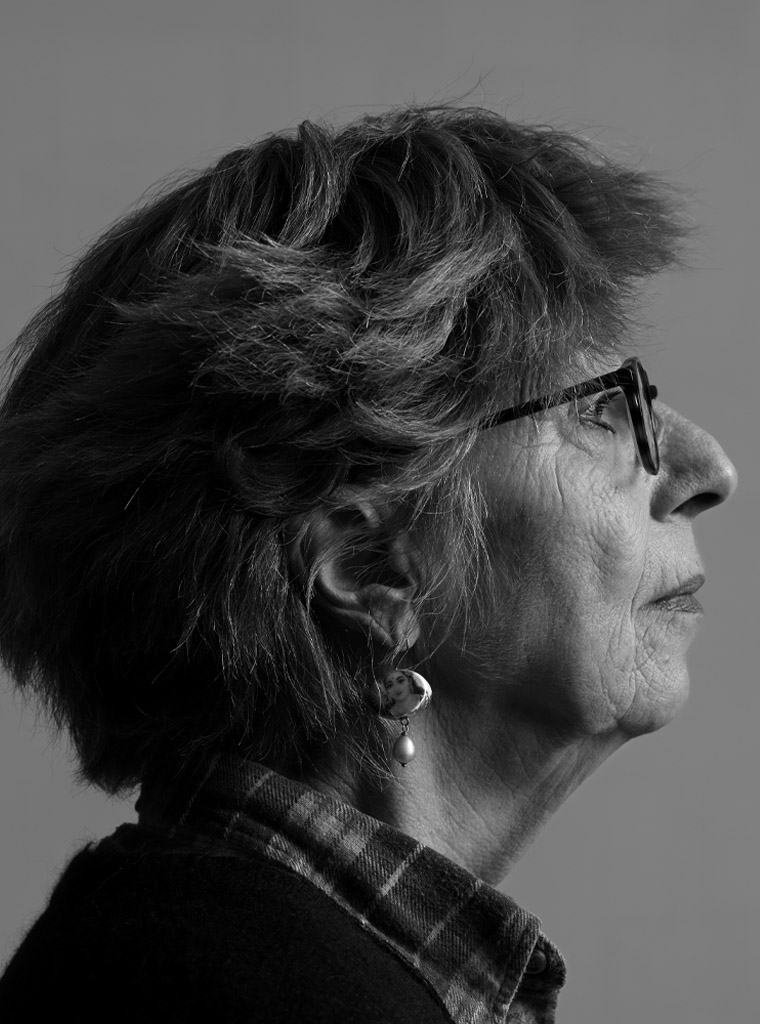Mariet Numan was born in 1944 in Werkendam, a quiet village in the Biesbosch river delta. As a child, she could get lost marveling at book illustrations. A neighbor living on the same dike in Werkendam received The Saturday Evening Post from his brother who had emigrated to America. He gave her copies of the magazine, filled with illustrations and cartoons, which kept her fascinated for hours.
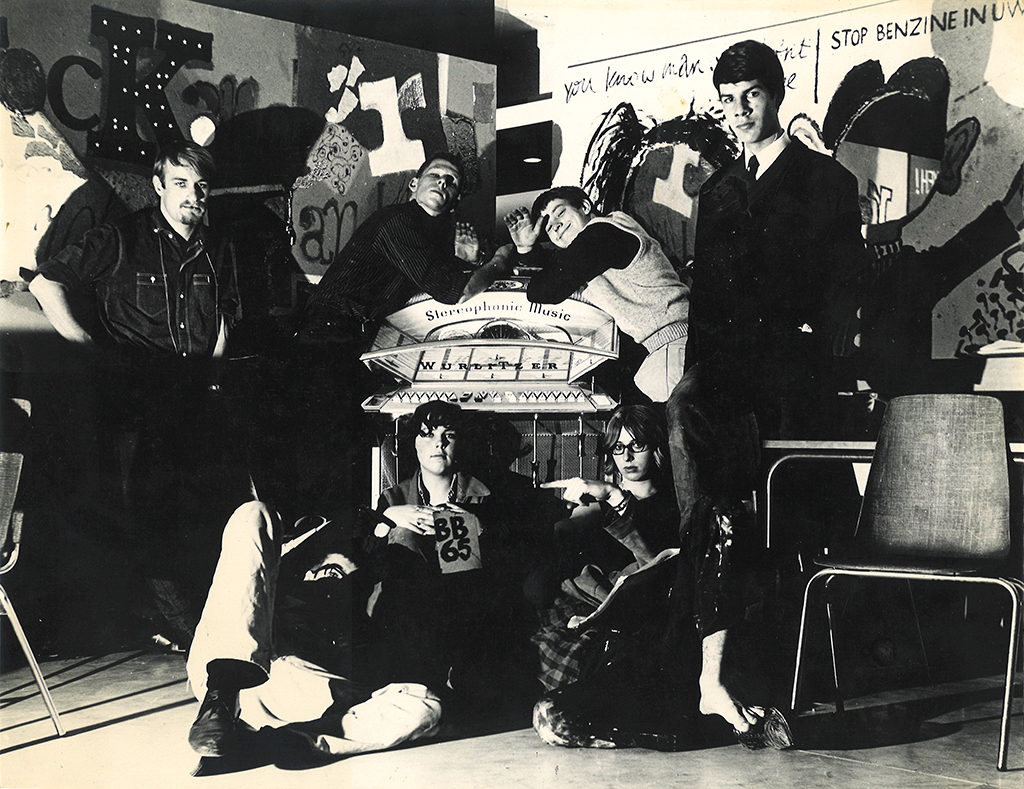
Decorating Book Ball, 1965. Standing from left to right: Pieter Boersma, Gerard Unger, Paul Mijksenaar Harry Vermeulen. Sitting: Aart Clerkx, Franka van der Loo, Mariet Numan. Photo Pieter Boersma
Her father was a civil engineer who worked for Rijkswaterstaat, the Dutch water management department. He and his family moved to Vlissingen after the end of World War II; the island of Walcheren had been intentionally flooded during the war and had to be made livable again. This was the first of a series of moves, the second one being a return to Werkendam, where Mariet attended the Protestant-Christian elementary school. “When a car entered the village, we all ran out to watch.” Then they relocated to Terneuzen, where Mariet witnessed the disastrous North Sea flood of 1953. She attended high school in Roermond. “It turned out my brain hemisphere for numbers and exact subjects was very weak.” Her next school was a lyceum in Zaandam, where she met the future graphic designer Swip Stolk at a school party.
It had long been obvious that Mariet would do better at an MMS, a secondary school for girls, and so she spent her final school years commuting from Zaandam to the MMS in the Gerrit van der Veenstraat in Amsterdam. “I couldn’t have been happier. We had to read eighty literary works for our final exam. I was in heaven!” Hers was a family of music lovers first, though. Her sister played the piano, and she herself had been taught to play the violin.
IvKNO
“After graduation, I wanted to study at IvKNO, the Amsterdam institute of arts and crafts. My father scornfully called it a ‘red’ school, meaning left-leaning, but my mom and sister helped me to convince him that it was the right place for me. I had no clue then that applied graphics was a profession. I had once flipped through a library book about Swiss Design but hadn’t related it to myself. I was dabbling with clay at the time, so I had my mind set on sculpting. In the general first year at IvKNO we had a sculpting class of one hour per week and it didn’t take long to find out how filthy you get when you work with clay. Not my cup of tea at all. That’s how I came to graphic art.”
She would graduate in 1967, together with talented classmates like Franka van der Loo, Aart Clerkx, Gerard Unger, Wout Muller, Harry Vermeulen, Bertil Arends and Cora Kemperman. Unger and Arends were the leaders of the pack. As a group they made a large part of the decorations for the ‘Boekenbal’ in 1965, the highly publicized yearly event to celebrate Dutch book publishing and honor Dutch authors.
Franka van der Loo: “The first time we were tasked with drawing en plein air, Mariet was sketching power lines and insulators of streetcars at Stationsplein.” During a project week in IJmuiden, their art professor, Piet Klaasse, dismissed Mariet’s drawings as ‘slick’. It brought Mariet to tears: “That was the last thing you could call my way of working.”
Students at IvKNO were given the opportunity to make things without worrying about the real-life applicability or costs of their designs. They worked hard. Things changed after they moved to the new school building. The new batch of students brought a new mentality – hippiedom and perpetual pot smoking. Dressed in Afghan coats and too stoned to make much sense they hung around in the school cafeteria all day long.
A job at Avenue magazine
After graduation Mariet married Aart Clerkx. Their parents had decided their shacking up had lasted long enough. Gerard Unger lived in a back room on the same floor where Mariet and Aart rented. Aart and Gerard found an ad in which Avenue magazine announced they had an opening for a graphic designer. They thought the job would really suit her. “Aart drew me as Superwoman for the application. I got the job. Avenue was a prestigious magazine that had great photography and stories. Joop Swart was the editor-in-chief, a man with vision and with a deep interest in photography. It was the time of Marshall McLuhan’s The Medium is the Messageand of Hitweek (later Aloha), the Dutch underground magazine, to which Aart contributed.”
“Now and then I was allowed to make an illustration at Avenue. The first one was for the chess feature by international grand master Jan Hein Donner. To see my work in print!” As a designer she had to calculate how many typeset lines would result based on the typewritten copy she received, which drove her mad. “After the printer phoned to complain that they had one-and-half blank pages left after an article I feared for my life. I did learn a lot while working at Avenue but most of all that at heart I am not a designer but an illustrator.”
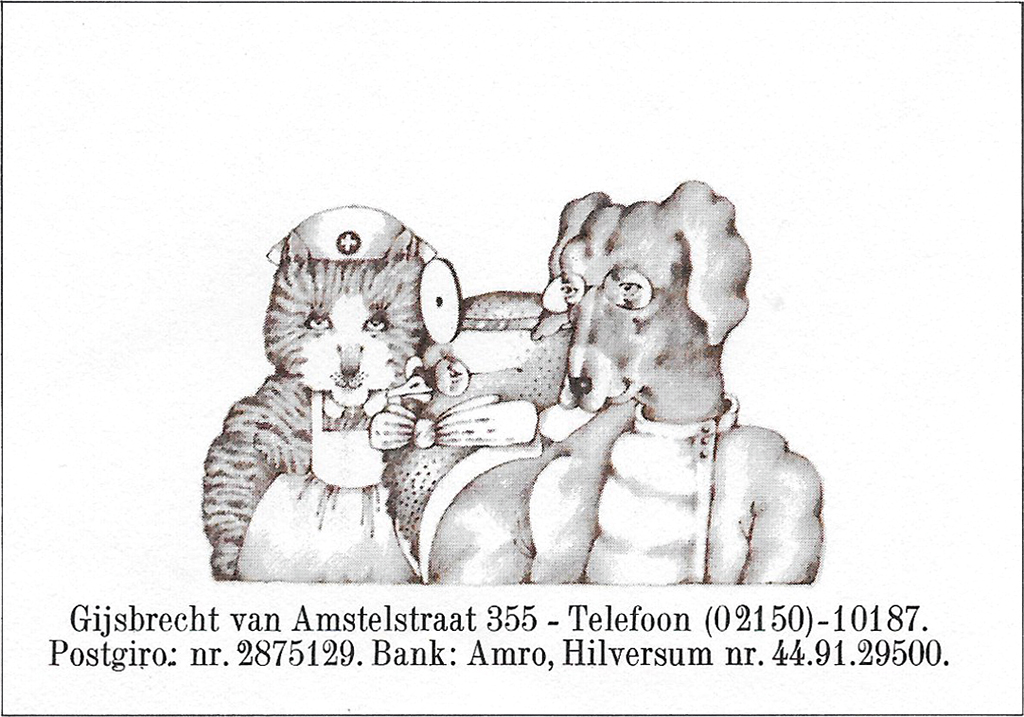
Letterhead veterinary clinic Hilversum, 1975
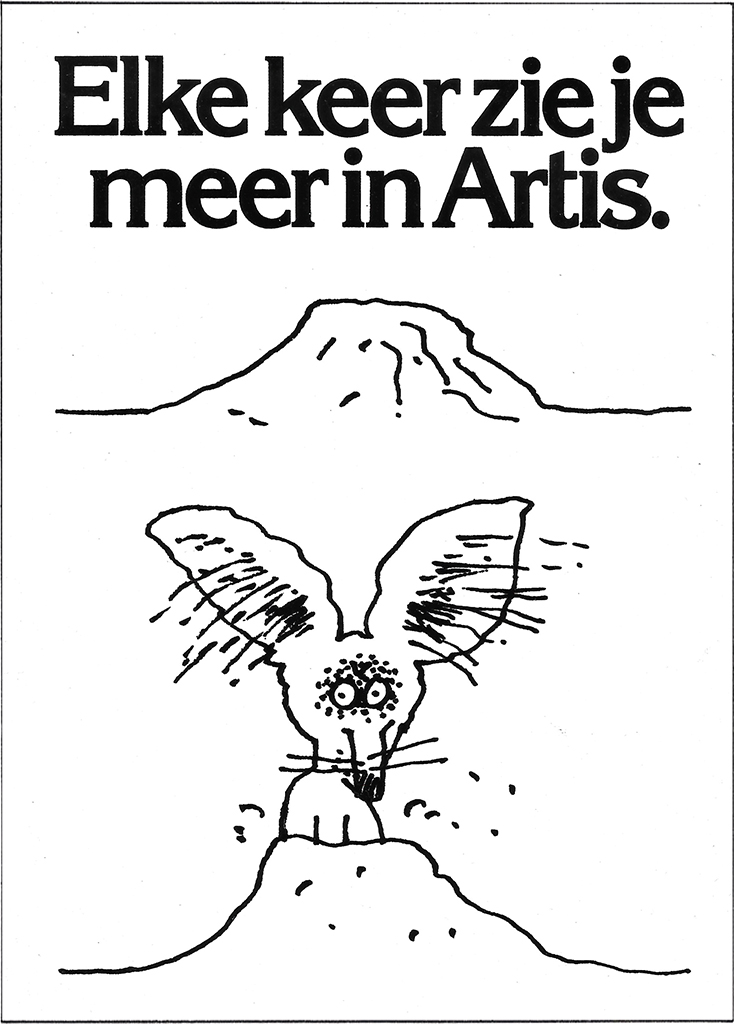
FHV/BBDO, Elke keer zie ik je in Artis, 1977
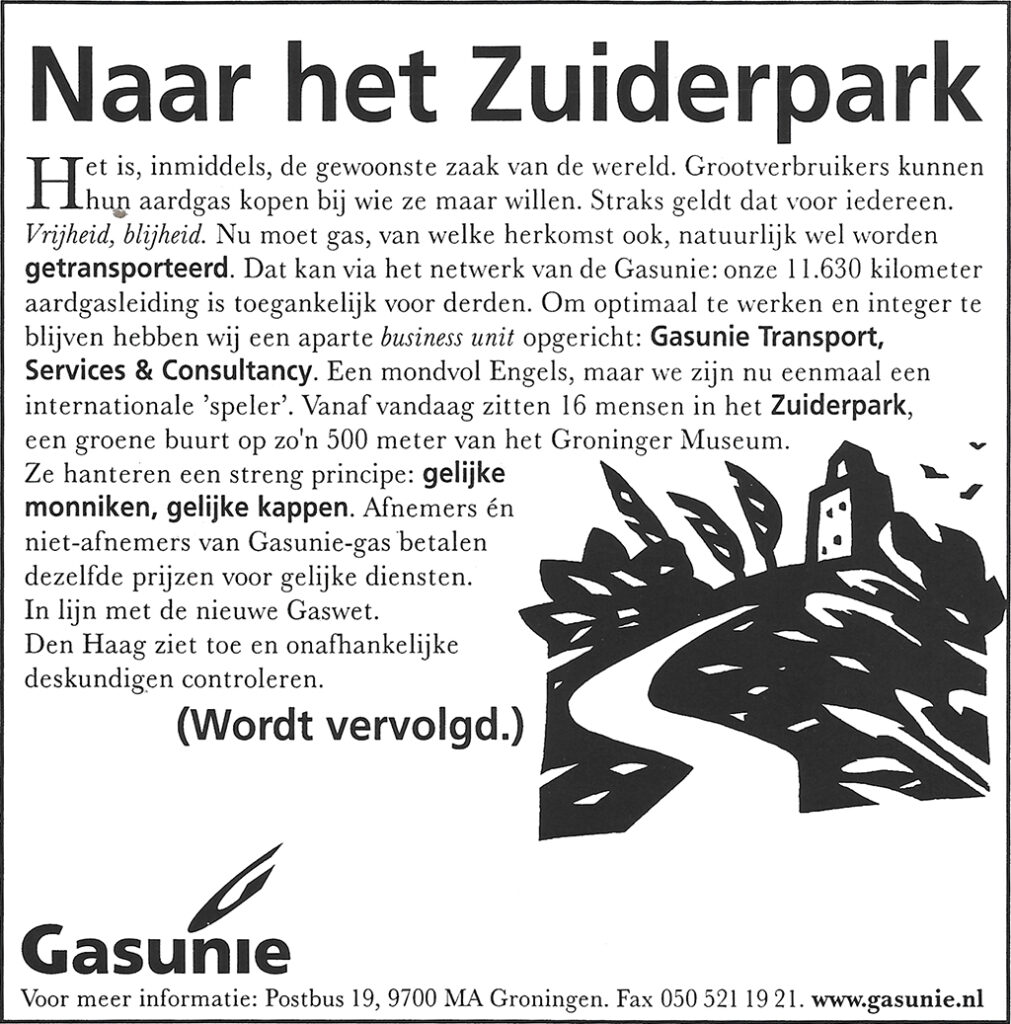
Advertisement Gasunie, Naar het Zuiderpark
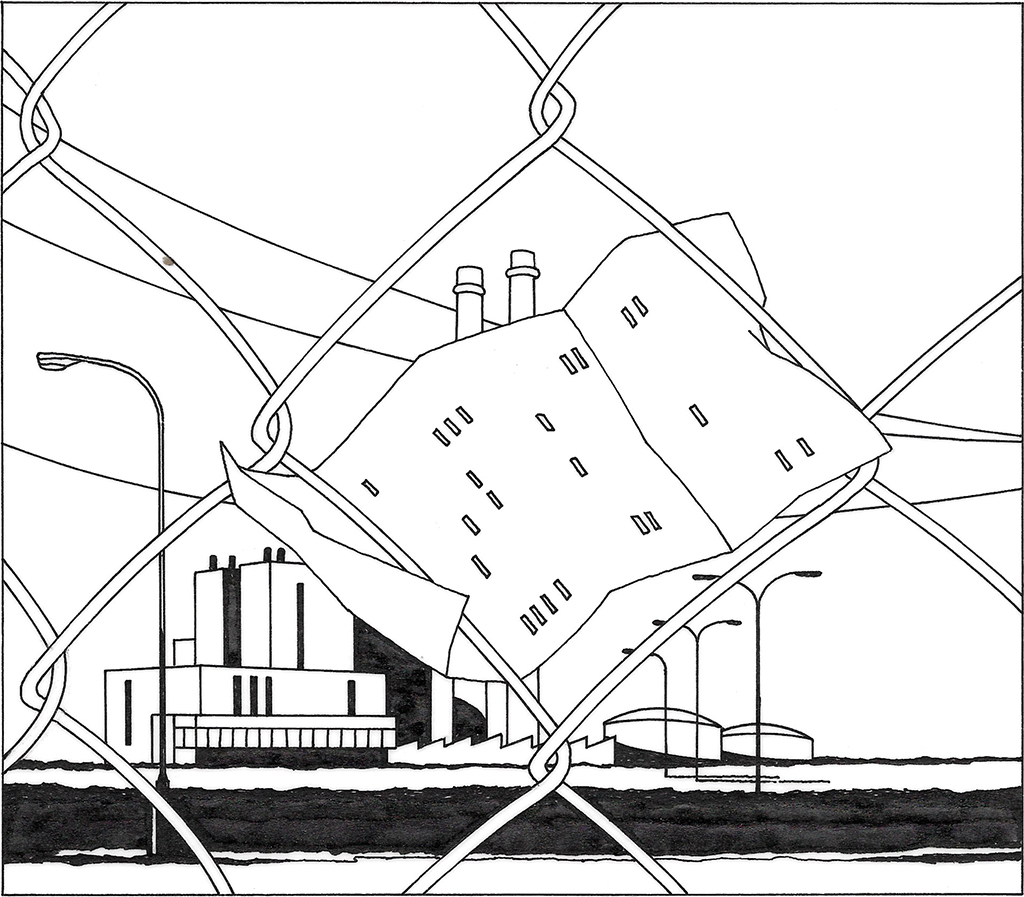
Bankgirocentrale, brochure abolishing punch card, 1978
Prad
Franka van der Loo’s landlady, a friend of Aart’s parents, was acquainted with Maurits Aronson, the owner/director of Prad, then the largest advertising agency of the Netherlands. She told him of Franka’s nice group of friends, all of them classmates at Gerrit Rietveld Academy (IvKNO’s new name). The first one Aronson hired was Franka van der Loo, after which he told his creative director, Paul Mertz: “Ah well, just get the whole lot of them.” Paul Mertz: “Mariet came to Prad as an illustrator. Worked for De Bijenkorf (department store), for Zuivelbureau (the Dutch dairy board) and more. Even became a member of Prad’s employees’ council. Feisty, well spoken, politically engaged, very distinctive drawing style.”
Gerard Unger was hired as typographic advisor. Letraset was the tool of the day but some of Prad’s art directors lacked the typographic sophistication Aronson and Mertz preferred. “Not that they cheered the arrival of a know-all straight from the art academy to tell them how to apply and space type,” Mertz recalls, “Gerard didn’t always have it easy.”
Also in other respects, Prad was not a common advertising agency. They had opened an art gallery at street level in their Wibautstraat building in 1966. Aronson, a collector of art, came up with the idea. Mertz was asked to run the gallery and he hired Deborah Wolf to assist him. Galerie Prad showed work by Frans Lodewijk Pannekoek, Lucebert, Cornelis Rogge, Frank Lodeizen, Peter Vos, and other artists.
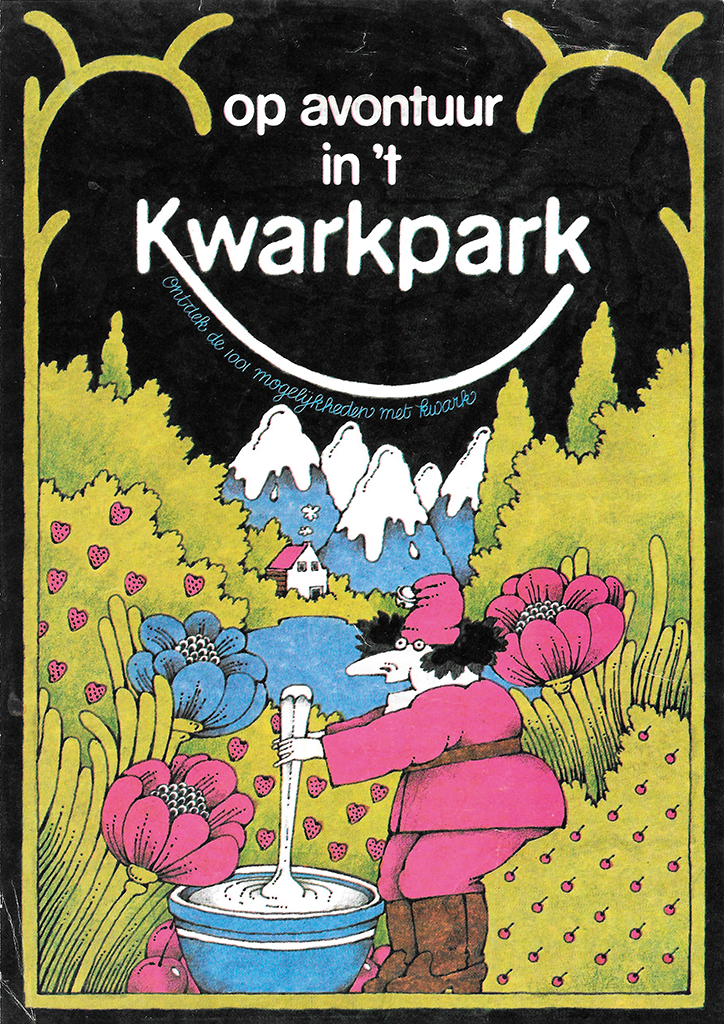
Nederlands Zuivelbureau, Op avontuur in ‘t Kwarkpark, 1977
The year of Mariet’s arrival at Prad was 1969. At first she worked full time, which later became three days a week. “In those three days I ended up producing the same amount of work I had done in a full workweek. I really learned how to make illustrations. It was the end of the 1960s and a kind of strongly stylized remodeling was fashionable in illustration. Think of Milton Glazer, Heinz Edelman, The Yellow Submarine. Pressure cookers, water kettles, bras… you name it, I drew it. But Prad always demanded a high quality of work.” Still, Mariet and Franka were given lots of freedom for experimentation. Now and then Mariet worked on freelance projects too.
Mariet and Franka were involved with the creation of a themed presentation, Upperground, for department store De Bijenkorf; Swip Stolk had designed the logo and a poster. Afghan products, imported directly from Afghanistan and to be sold by Bijenkorf, were put on display in their workspace. They created their drawings surrounded by the smell of burning incense. To draw specific fur products, the famous fashion illustrator Antonio Lopez was flown to Amsterdam, who sketched models wearing fur coats while lounging in his hotel room.
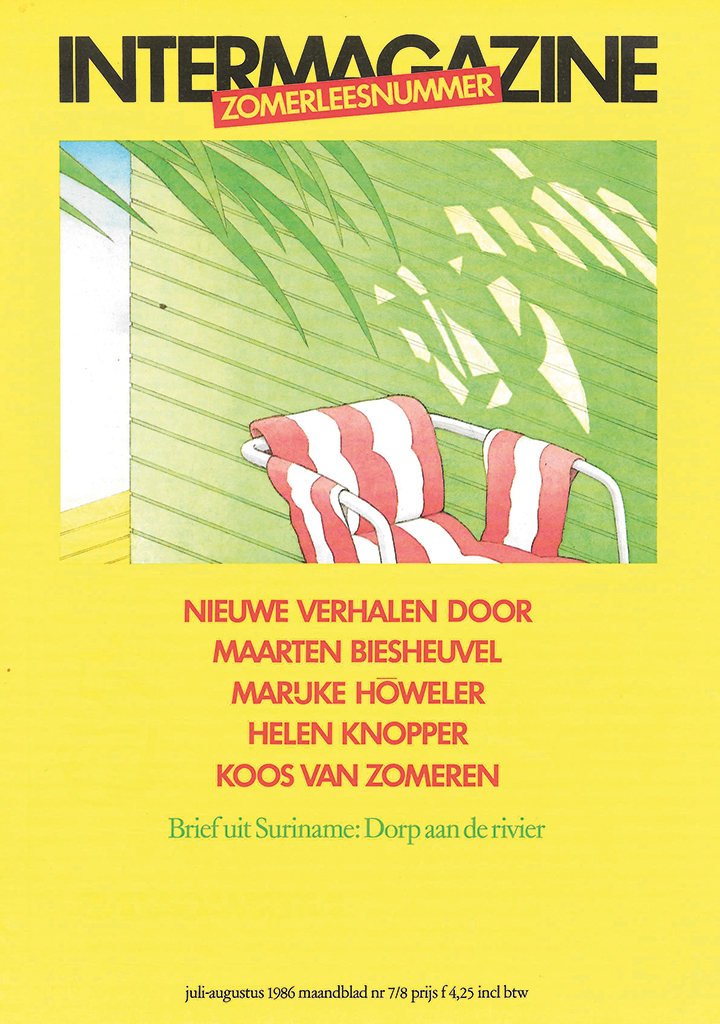
Cover Intermagazine, Zomerleesnummer, 1986
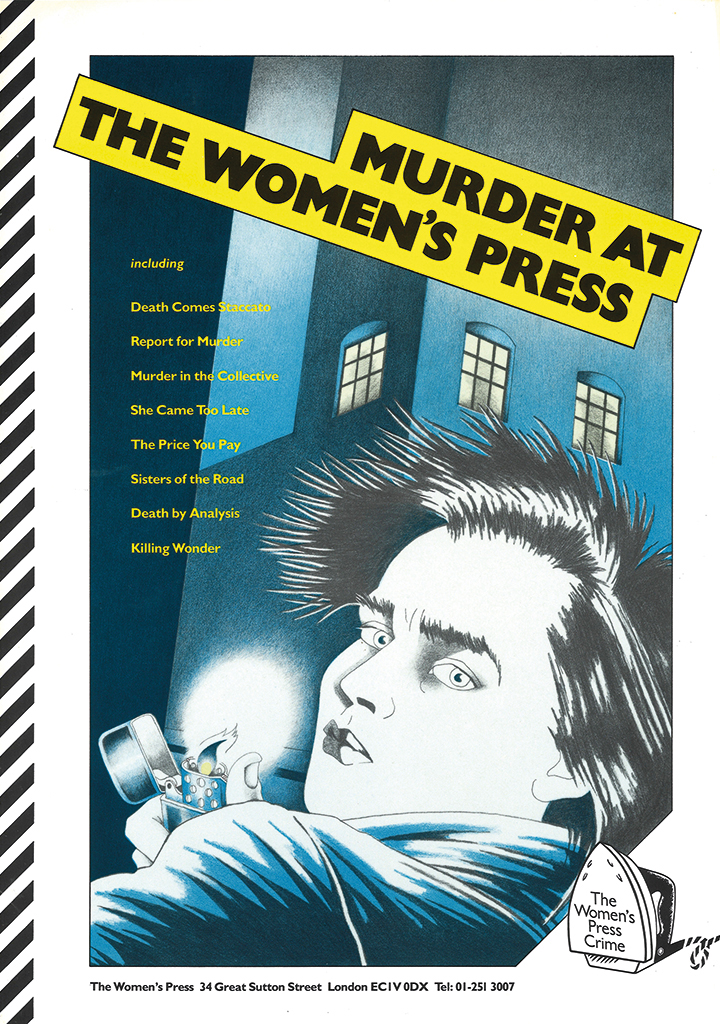
The Women’s Press, affiche, 1990
Idealism and CPN membership
In 1972, Mariet bought the first issue of the new feminist monthly Opzij magazine and thought how nice it would be to work for it, which she ended up doing later. She was one of the first who stepped forward when Prad, having a staff of 155, needed to set up an employees’ council. MMD/Ariadne, trade magazine for the advertising industry, published a short article about the council on April 11, 1974, naming all of its members, Mariet included.
During the seven years Mariet worked for Prad she once resigned, only to return six months later. “My ideology had already been left-leaning and idealistic, albeit rather naïve toward reality.” One of Aart Clerkx’s friends was the graphic designer Jeroen de Vries who, like many artists of the time, was a member of the Dutch Communist Party, CPN. “He asked us to help with the preparations for the Party’s yearly festival. We made large signs, wild decorations.” Mariet loved it and decided to apply for party membership.
At that time, it wasn’t considered very strange to be a CPN member. One of Prad’s directors, who was a Reformed Christian and during World War II had been a member of the Resistance, told Mariet: “Go ahead, my dear. We could work well with these communists during the war.” And so Mariet ended up leaving Prad to sell the Party’s newspaper door-to-door, for as a new member you had to start at the bottom. Not long after, she was allowed to join the artists section of the CPN. “Not that I understood much of anything that was going on.” Harry and Claartje Visser, who were active in the BBK, the association of professional artists, supported Mariet’s application for membership of the Amsterdamse Kunstraad, the city’s art council.
“I soon discovered this environment did not fit me at all. What I lacked was the right fighting spirit and the instinct to function well in politics. Ultimately, I left the CPN. I’m convinced this was related to the many times my family moved home when I was young. I had always kept my distance. Here, they were Roman-Catholics. There, they were Protestants. I grew up in a Baptist family that provided me with a sober education and only two weeks of vacation a year, to spend in a religious holiday home in Elburg, where I could wander around freely and do nothing.”
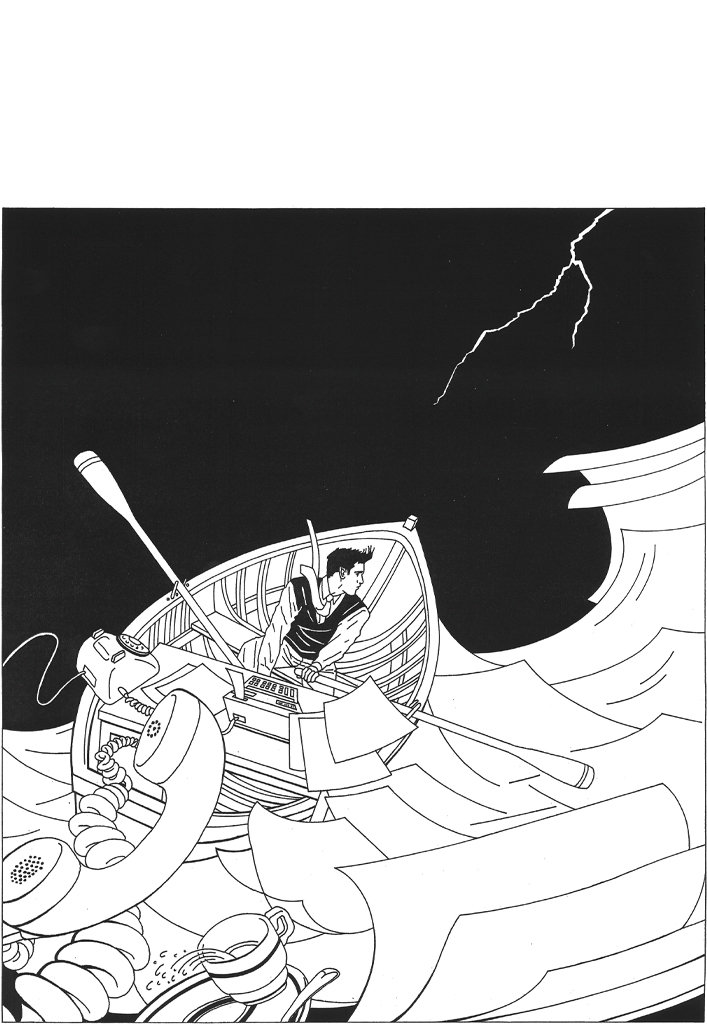
Intermediair, Small self-employed person, 1983
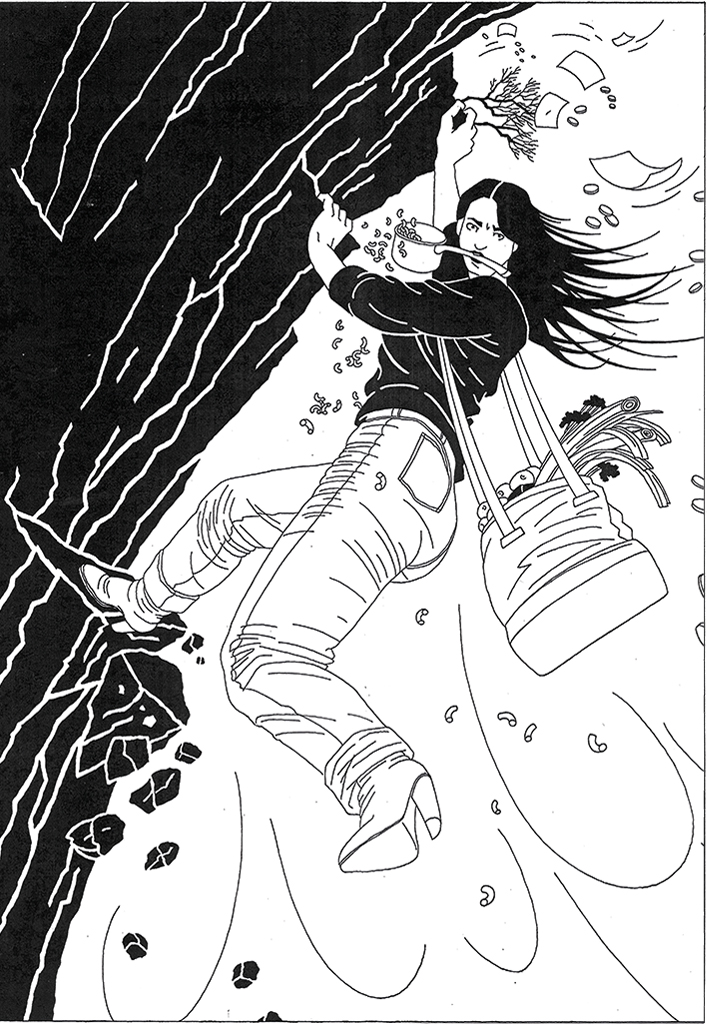
NRC Handelsblad Z-supplement, Assistance mother, 1986
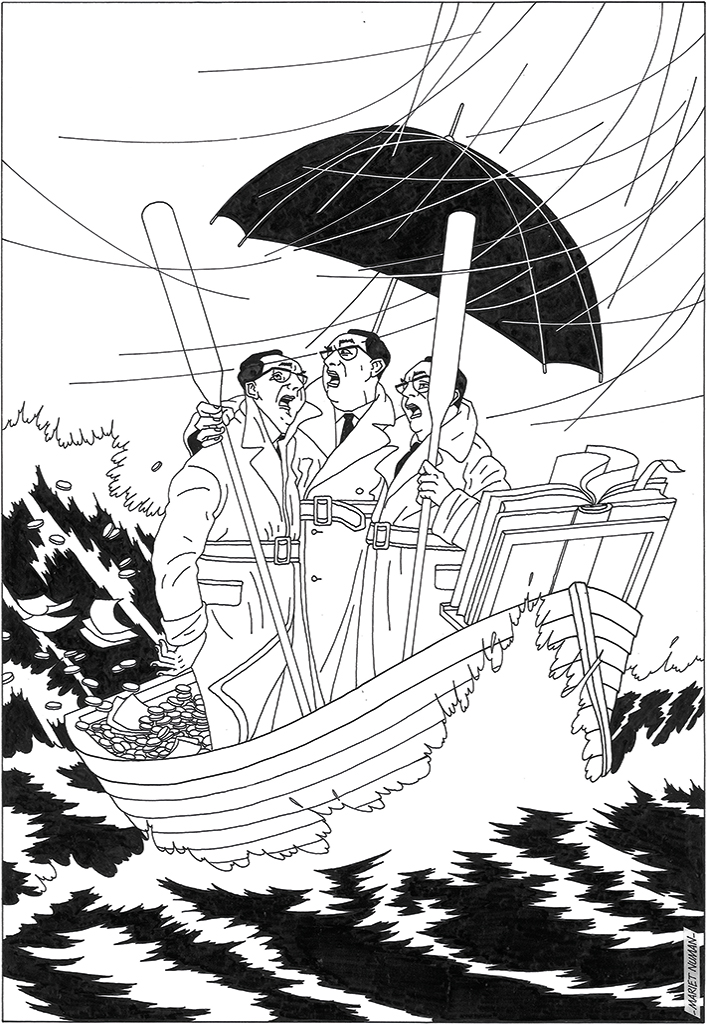
NRC Handelsblad Z-supplement, Power, 1986
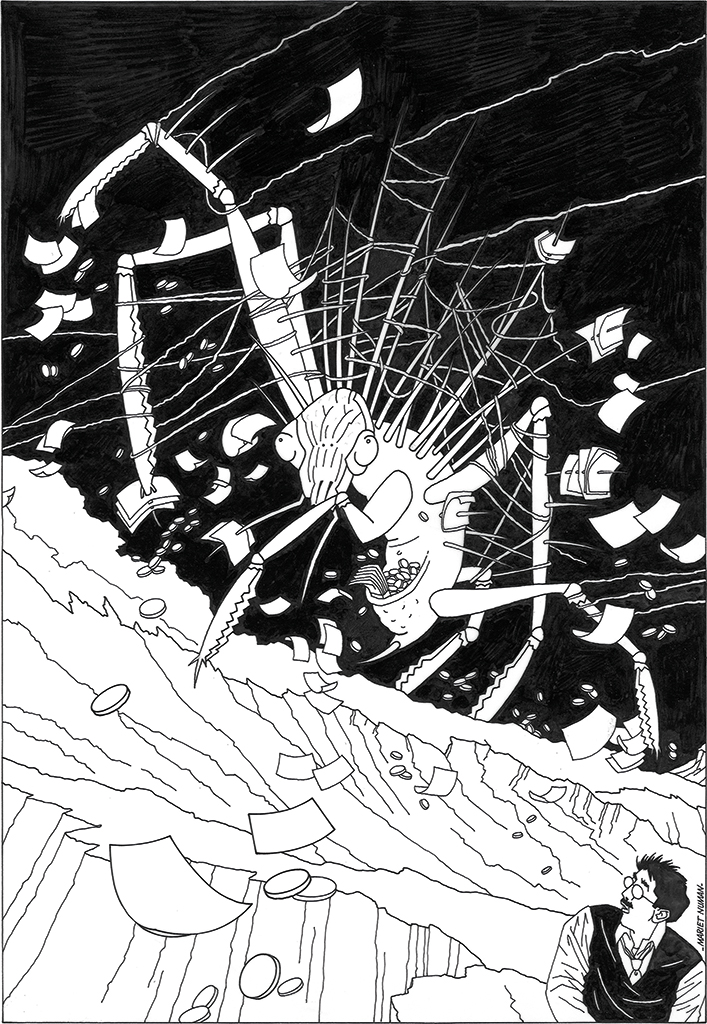
NRC Saturday supplement, Is the Netherlands still the Netherlands?, 1986
Back to Prad
Mariet returned to Prad and found three colleagues/illustrators: Franka van der Loo, Marion de Man and Angela de Vreede. Prad had an attractive client portfolio. With paying clients such as ABN/Amro, Bijenkorf, Albert Heijn and the like, the agency could afford to also work for non-profits and cultural institutions. Paul Mertz was the motor behind this and was involved with many of these organizations.
Mariet mostly assisted Paul Mertz and Joop Swart, for instance for the Dutch dairy board (Zuivelbureau): “They gave me all the freedom I needed and they were appreciative of each and every drawing I produced. Everyone was happy but when I now look at my work from that period it strikes me that I was still searching so hard for my own style. Throughout the years, in all of my work, I was always searching. I envied Peter Vos and Peter van Straaten for their own recognizable handwriting, for their consistent drawing style. Now I see that that searching is actually my strength.”
There also were art directors who told Mariet and Franka they loved their ‘little style’. “That made us want to run out the door before blowing our lid. Try and explain why you do not appreciate such a compliment and what’s wrong with it. Try and explain what your artistic principles are.”
From time to time, Prad would organize events to promote the team spirit. One time everyone had to do something they never usually did. Art director Joop Smit was sitting behind the reception desk. Franka and Mariet were doing the financial administration. The boy from dispatch was playing director. The day ended in chaos and extravagant consumption of booze.
In 1974, media personality Jan Lenferink joined Prad as a copywriter. “I had immediately fallen in love with him doing his thing on radio and on TV. I was so glad he was gay – that prevented all sorts of complications. We were inseparable for a couple of years. He introduced me to interesting people, cafés and the night life.”
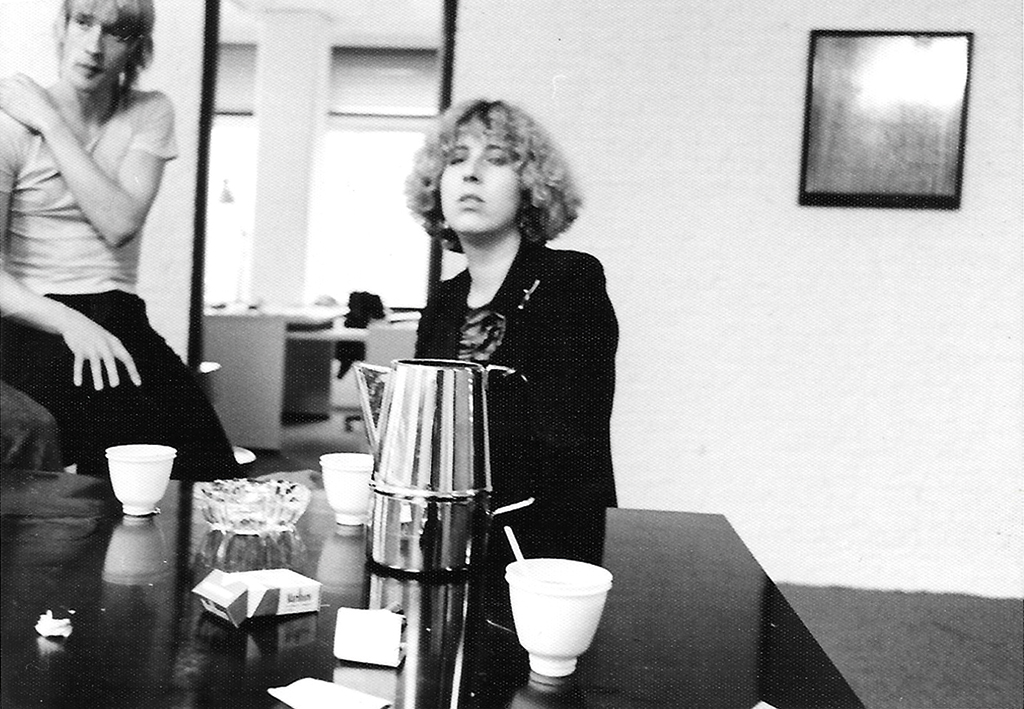
Mariet and Jan Lenferink at Prad, 1975
“My life played out at the drawing table. Sometimes I had cats and I loved to draw them. When graphic designer Piet Schreuders temporarily lived at my place, he started publishing the Poezenkrant (Cat Newspaper). In the anthology, with a cat’s tail hanging from the spine, two of my cats are featured, Rode van Plezier and his sister Grijs.” Later Piet Schreuders wrote: “Mariet knew a secret cat language, which allowed her to associate with her housemates on equal footing.”
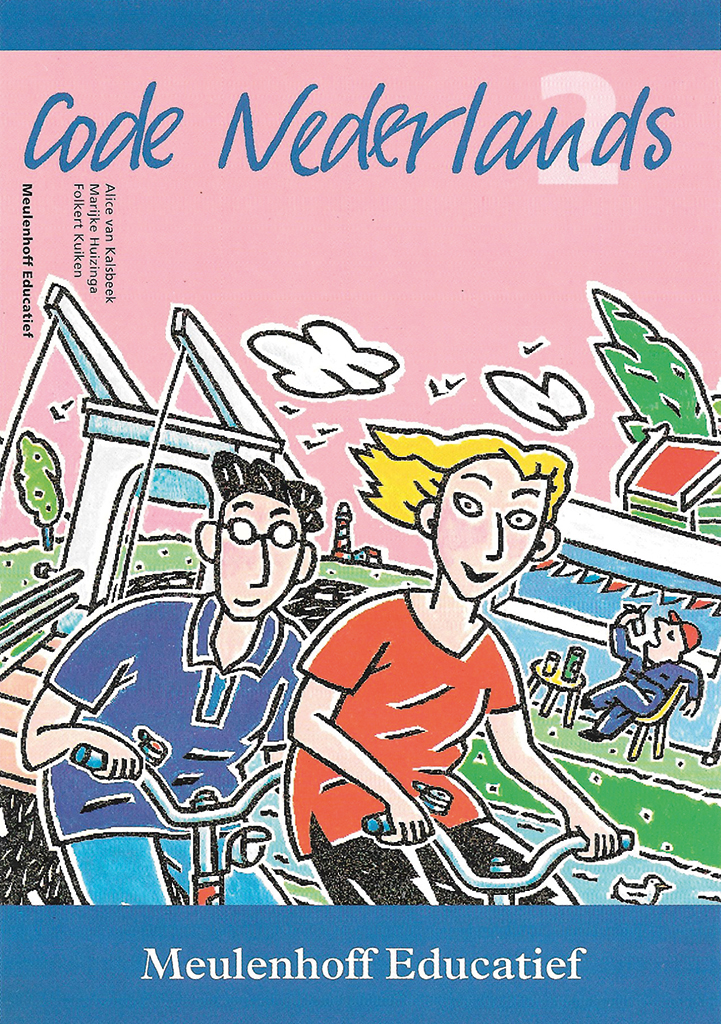
Meulenhoff Educatief, Code Nederlands, 1995
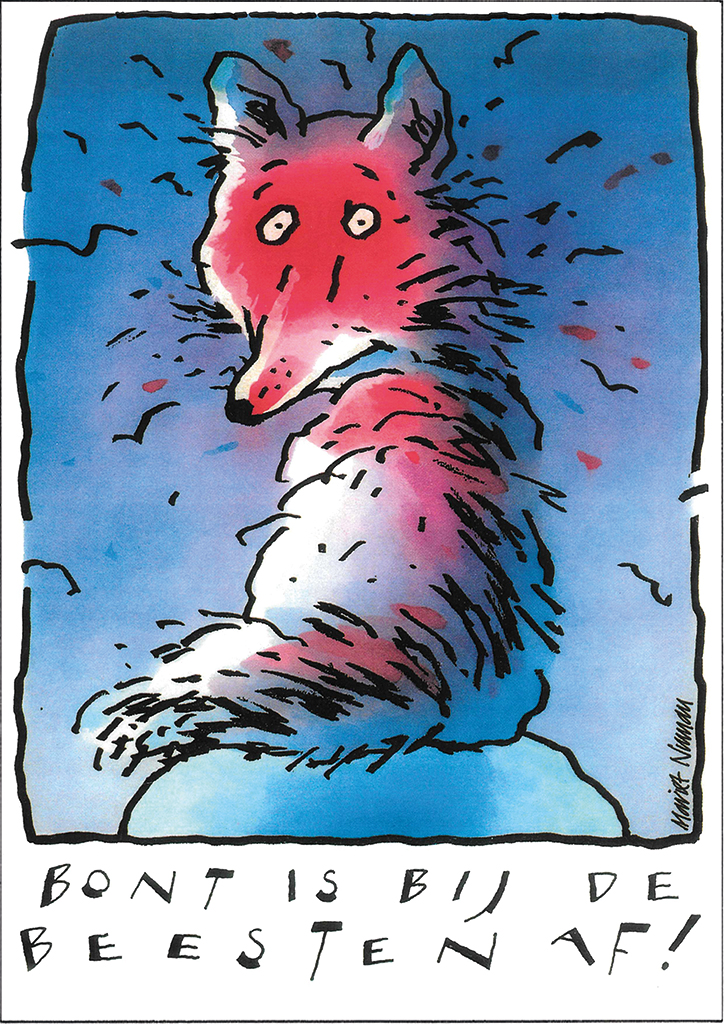
Affiche, Bont is bij de beesten af, 1991
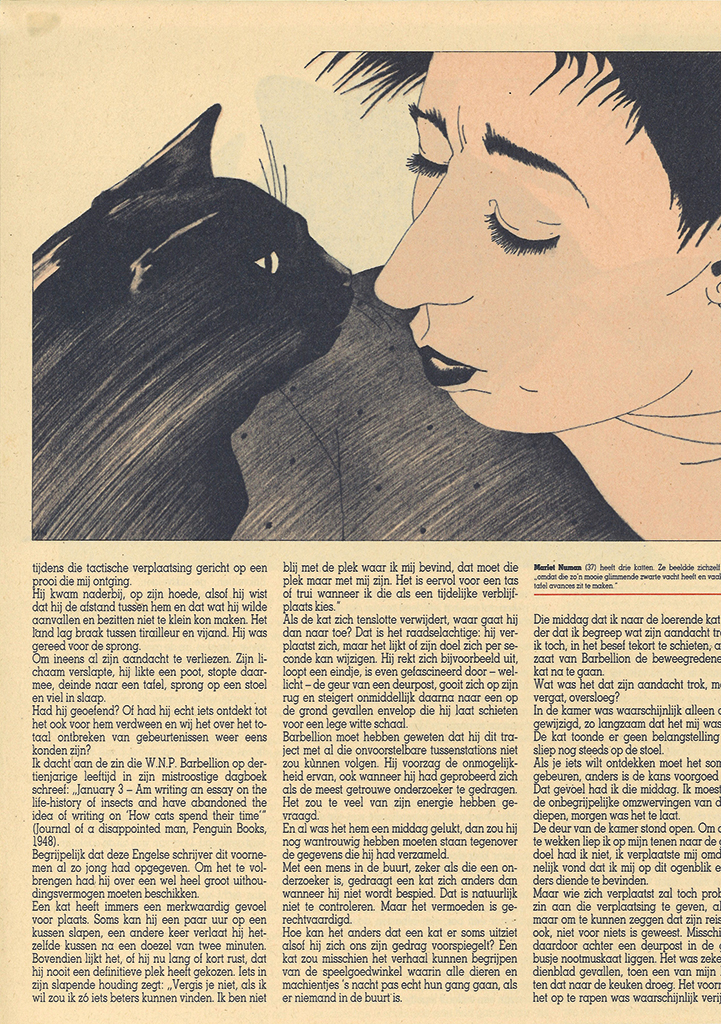
Avenue, Mariet with cat, 1991
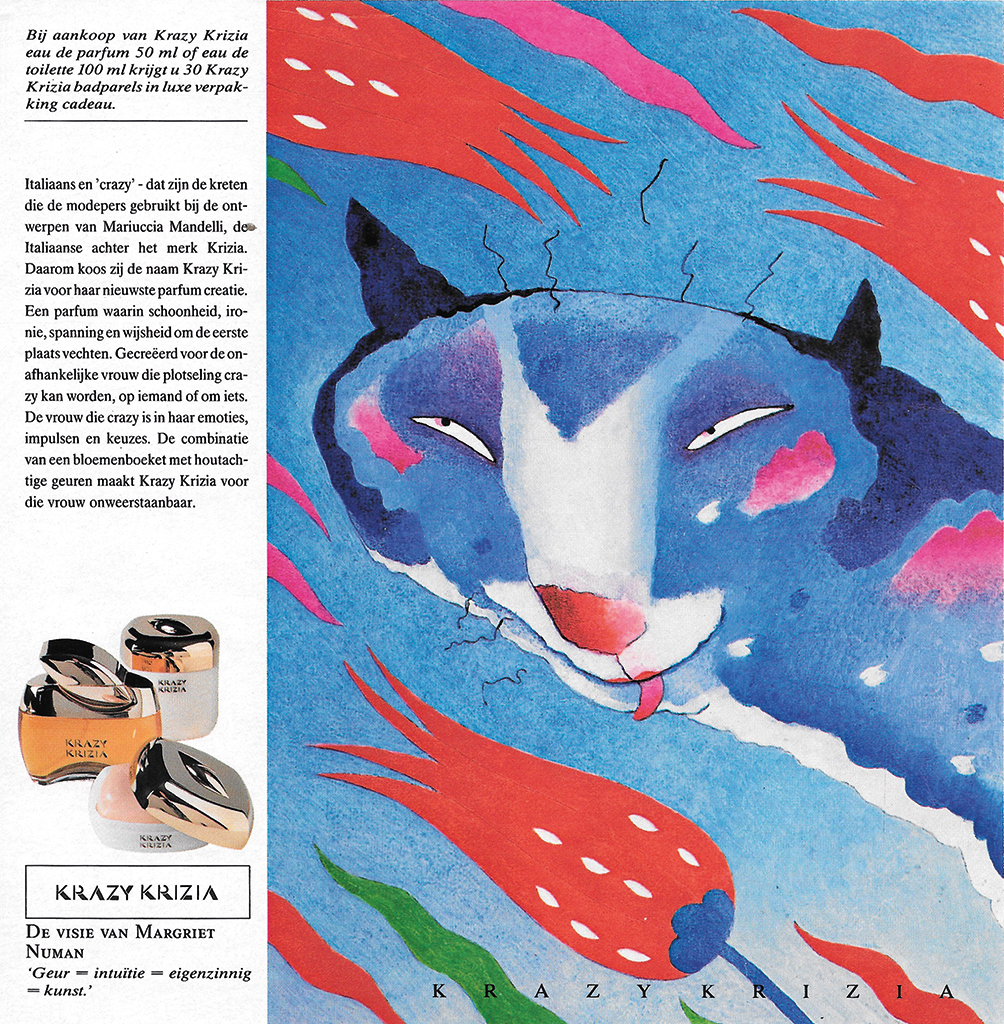
Brochure Bijenkorf, Krayzy Krizia parfum, 1995
Farewell Prad
Mariet could have stayed at Prad’s forever but in 1977 there was not enough work and so she switched to freelancing. Things were looking bad for Prad. Important clients, whom Mariet had often worked for, left. “Us creative types became too much overhead.” Prad’s founder, Maurits Aronson, had left and Paul Mertz by himself could not withstand the pressure of the business managers, who wanted to turn the agency into more of a marketing consultancy.
“I was asked what sort of farewell present I would like. I asked them to collect money to donate to the Medical Comittee Netherlands-Vietnam. I wanted to do something against the great injustice in the world. I don’t know if any money was ever transferred but I received a large woodcut of a cow I could use as a folding screen.”
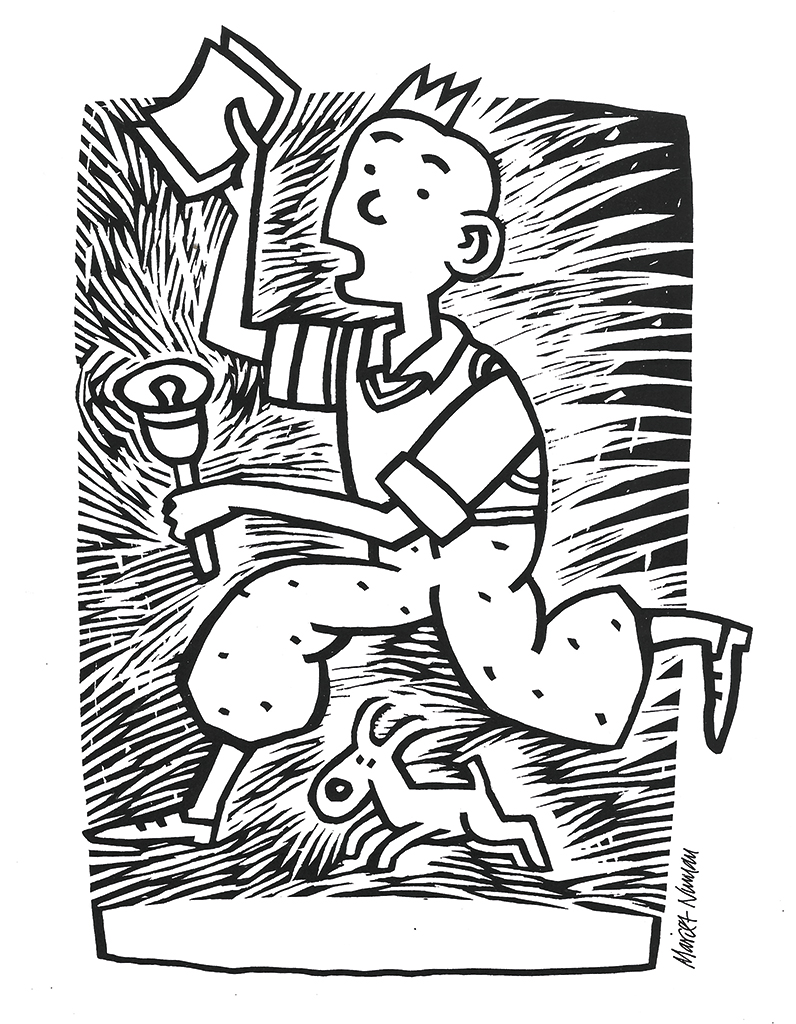
Intermediair, Kuifje in Hobbyland,
1998
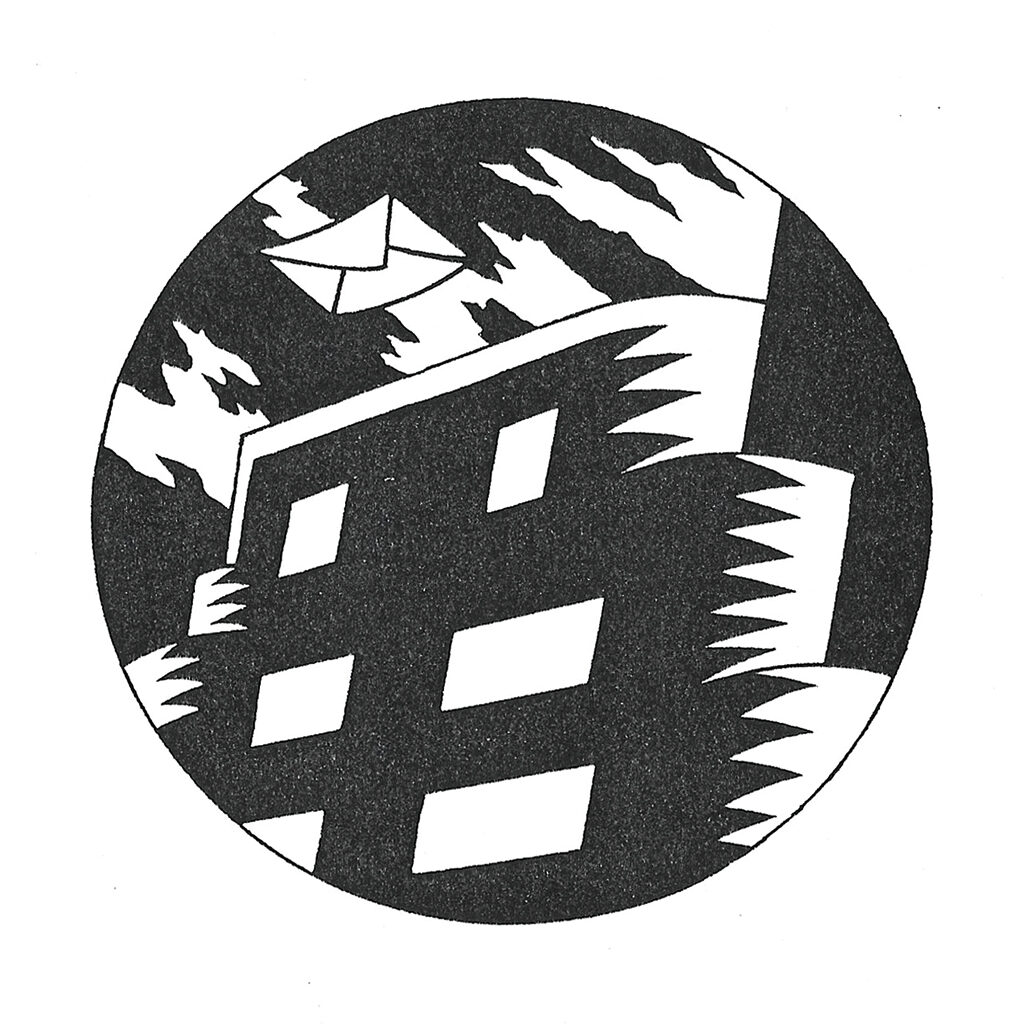
NRC, vignet letter section,
1998
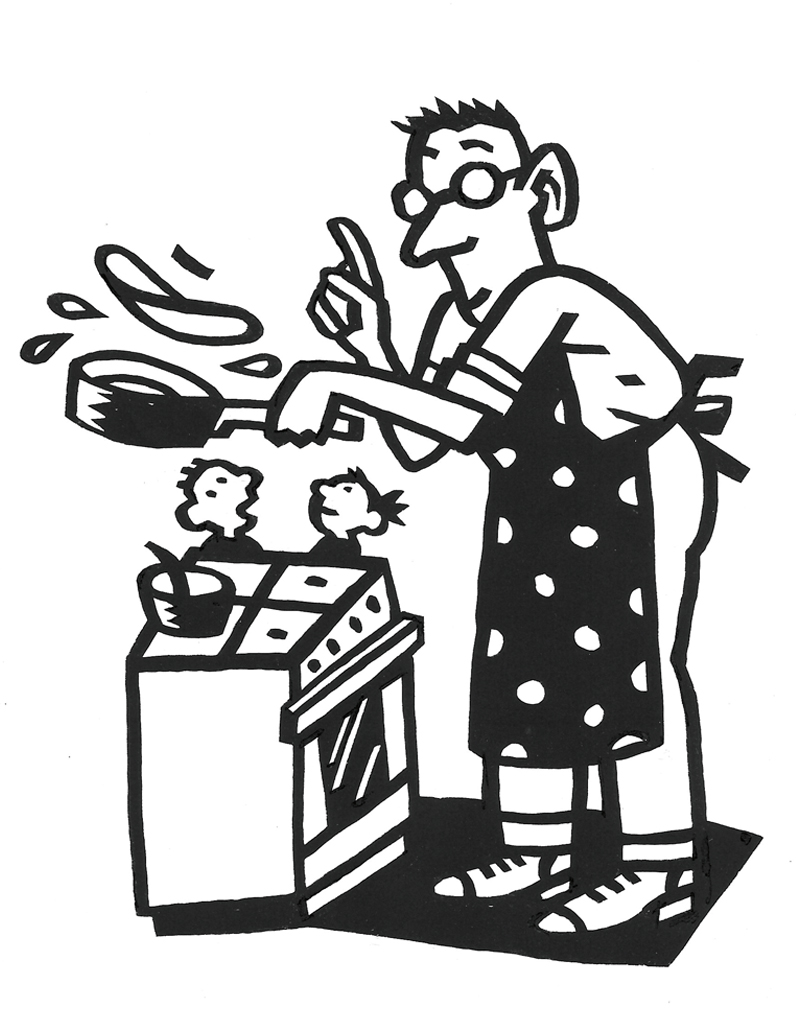
Kosmos Z&K Uitgevers, The Grandpa and Grandma Book, 1998
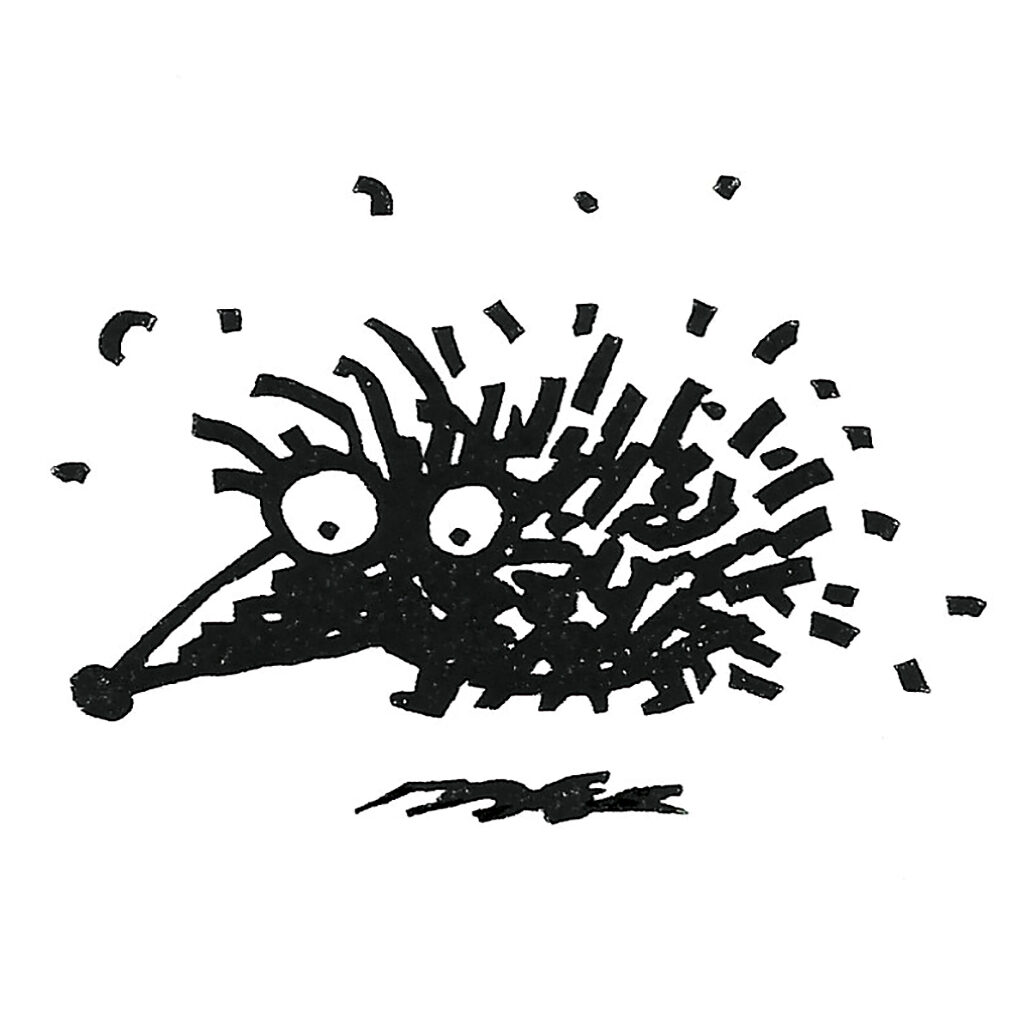
NRC W&O supplement, The profession, 1997
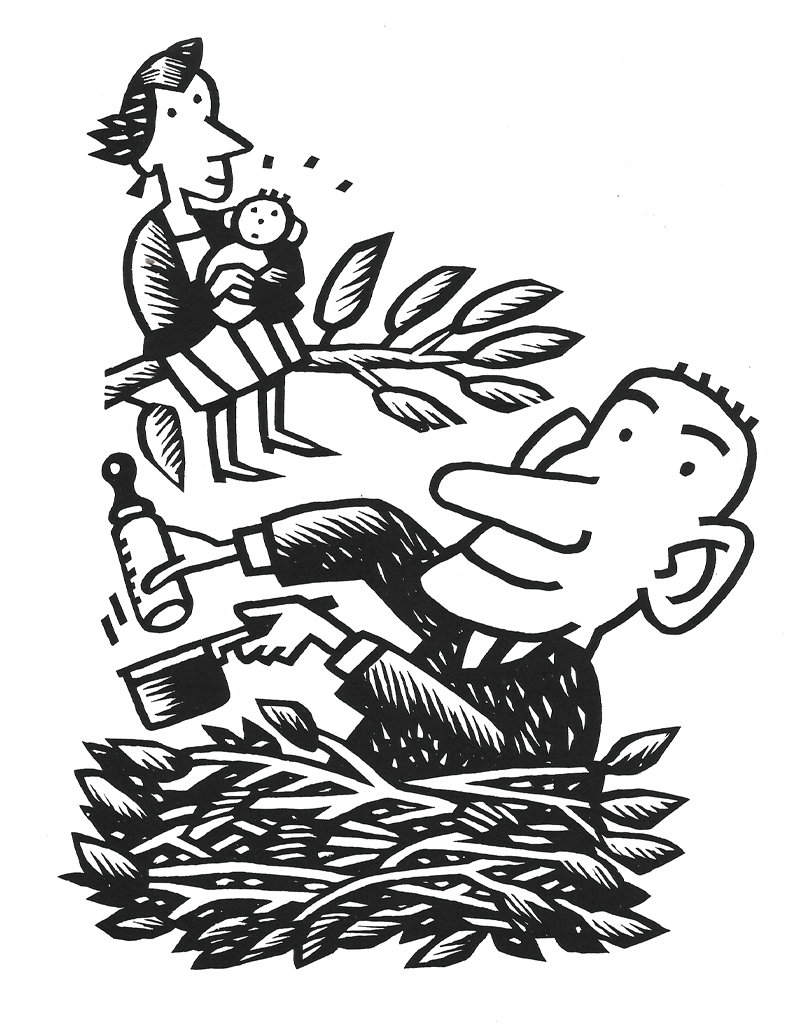
Intermediair,born fathers,
1999
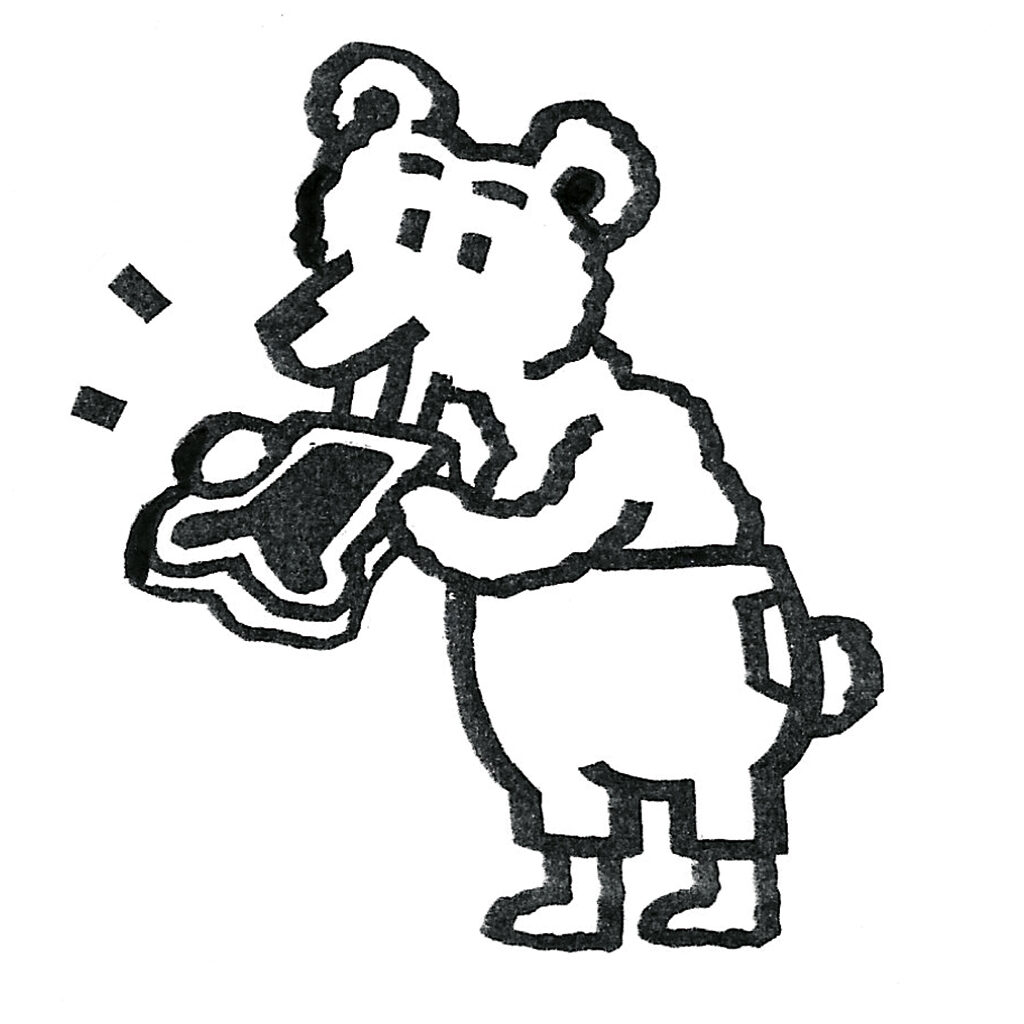
Pastachoca-beertje,
2003
Freelance and teacher
Mariet started teaching at Gerrit Rietveld Academie (formerly IvKNO). She enjoyed sharing her knowledge and expertise with the students but preparing for her lessons and teaching took a lot out of her. The growing number of freelance projects forced her to terminate her teaching job.
When Mariet met artist Ewoud Klaasse in Café De Palm it was love at first sight. At the time, she wasn’t acquainted with his work. “I learned he was a son of my former teacher, Piet Klaasse. At the Rietveld, I had some of his siblings in my class – not that they showed up very often.” In 1977, Mariet and Ewoud moved into a home and studio space in Anjelierstraat. They started journeying to Egypt, Turkey and more. “I was the sensible one and he was adventurous but he loved my steadiness.”
Photography
Mariet’s tendency to caricaturize in her drawings made her start using photographs as a source. She always tried to ensure that the photographers got their due credit but one misstep led to a copyright issue. Paul Mijksenaaradvised her to seek out GVN, the association of professional graphic designers. GVN was asked to mediate and they helped to settle the matter in mutual agreement. From then on her use of photography would be much more indirect.
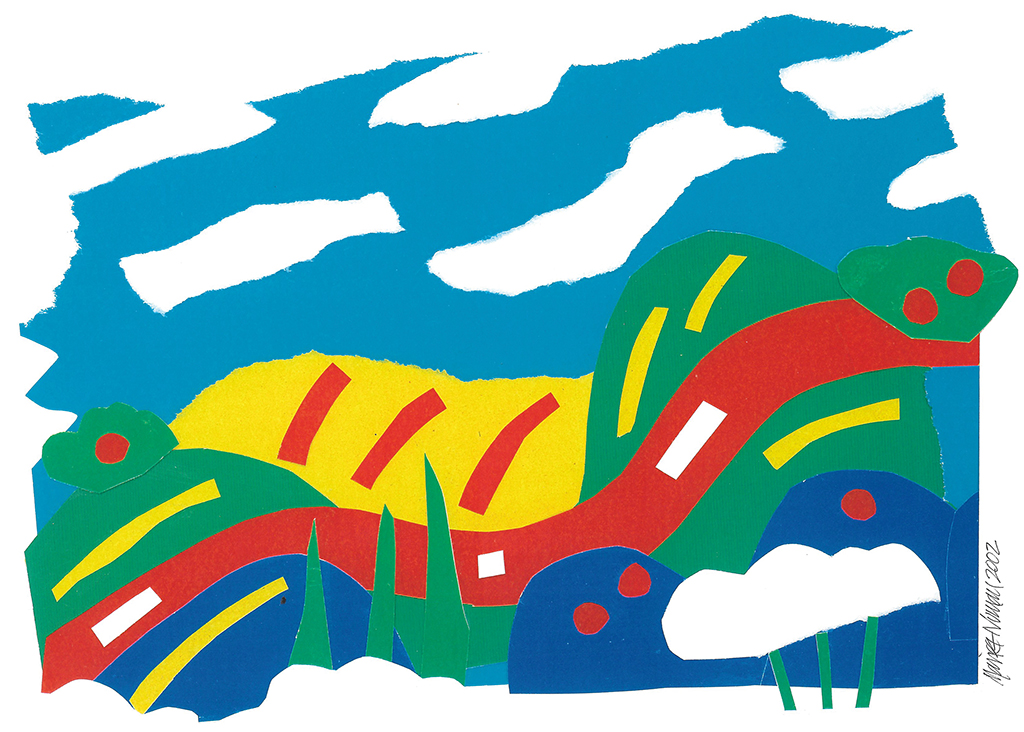
Intermediair, Happiness experience, 2002
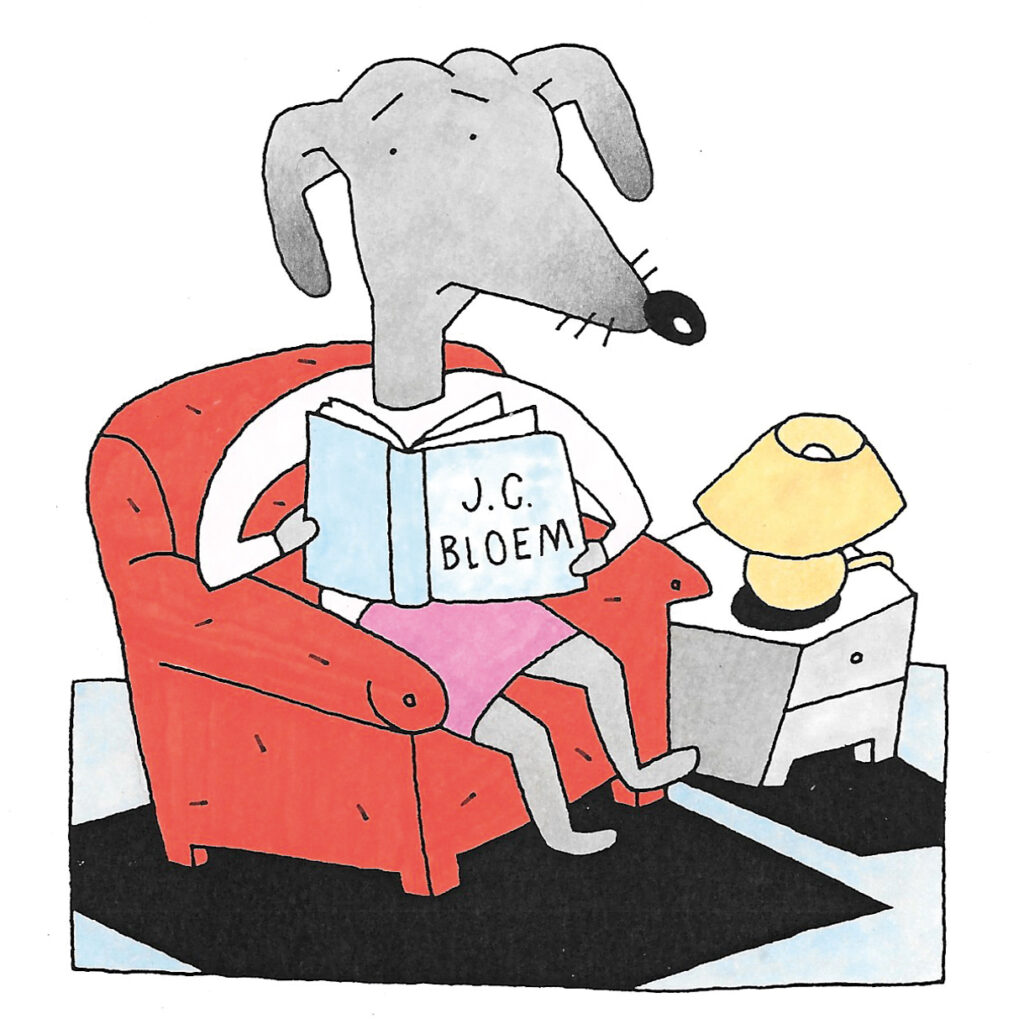
NRC, Winter dip, 2003
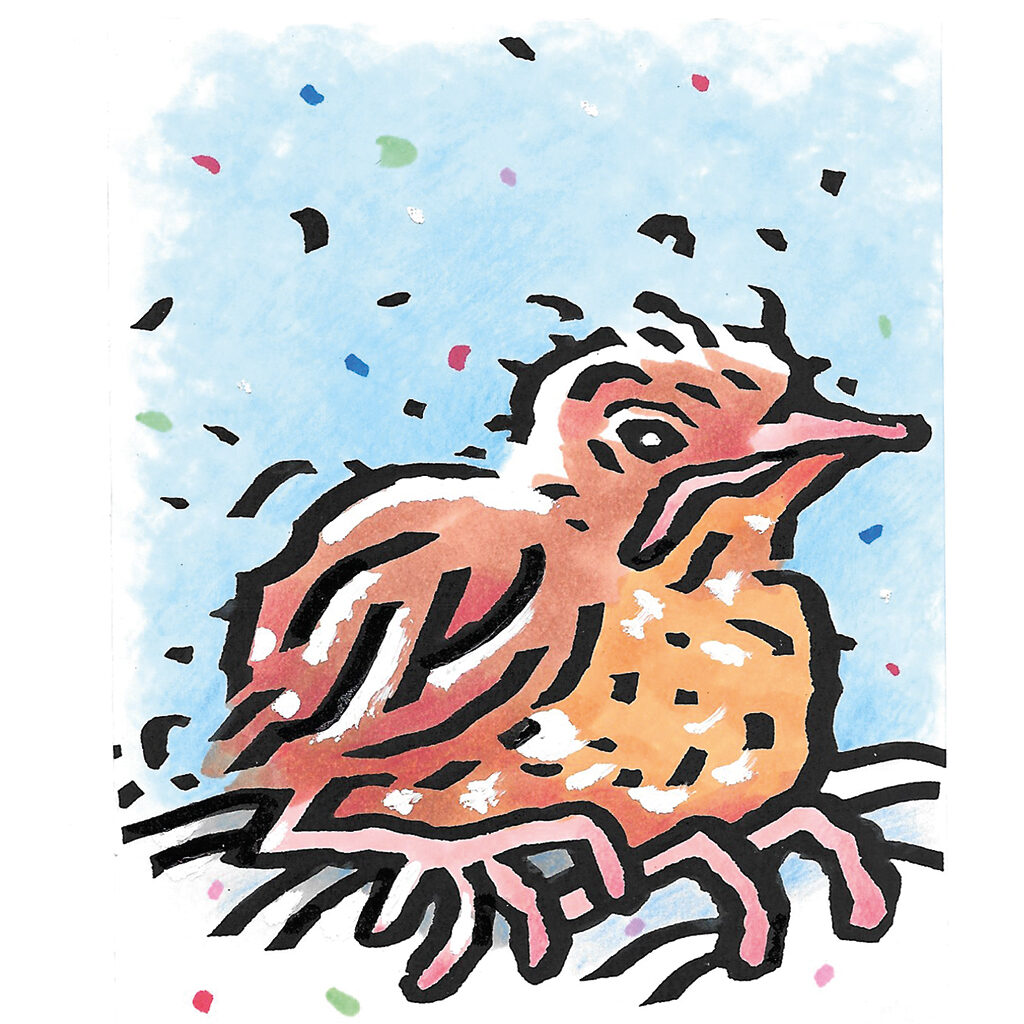
NRC, young blackbird, 2003
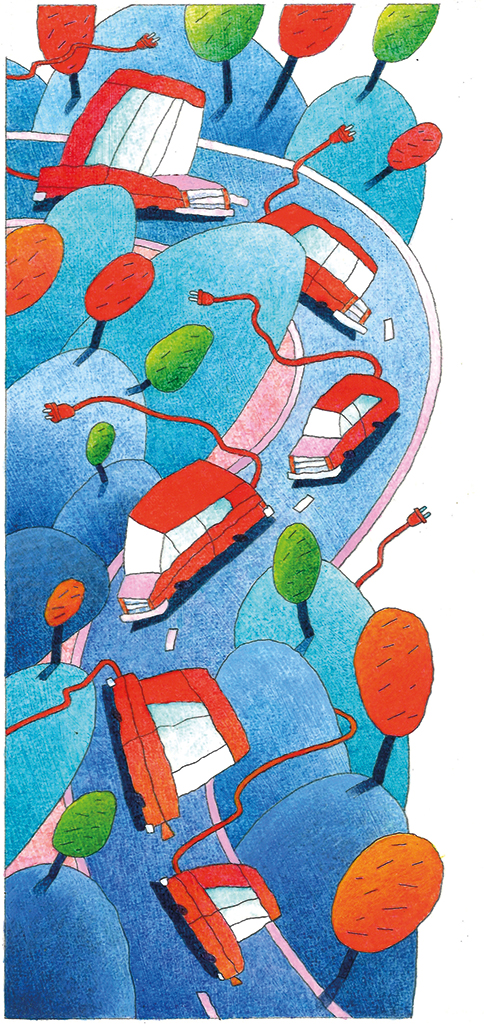
Magazine Santé, 2000
Clients
Mariet herself never joined GVN because she could not afford the membership fee, but she did receive many of her projects from graphic designers and art directors. One of them was Hans van Blommenstein, who had studied at IvKNO one year after Mariet and became art director of Avenue magazine. He liked her work and gave her several commissions.
Copywriter Frans Pels somehow often crossed Mariet’s path and involved her in advertising and packaging projects for Pastachoca chocolate spread. Mariet drew the mascot, a little bear, that became quite famous. An expensive animation video featuring the bear never made it to TV.
Henk Maas, responsible for the design of the fashion section of Avenue, got Mariet involved with freelance illustration work for CPNB, De Bijenkorf, and Kampioen magazine published by ANWB, the Dutch automobile association.
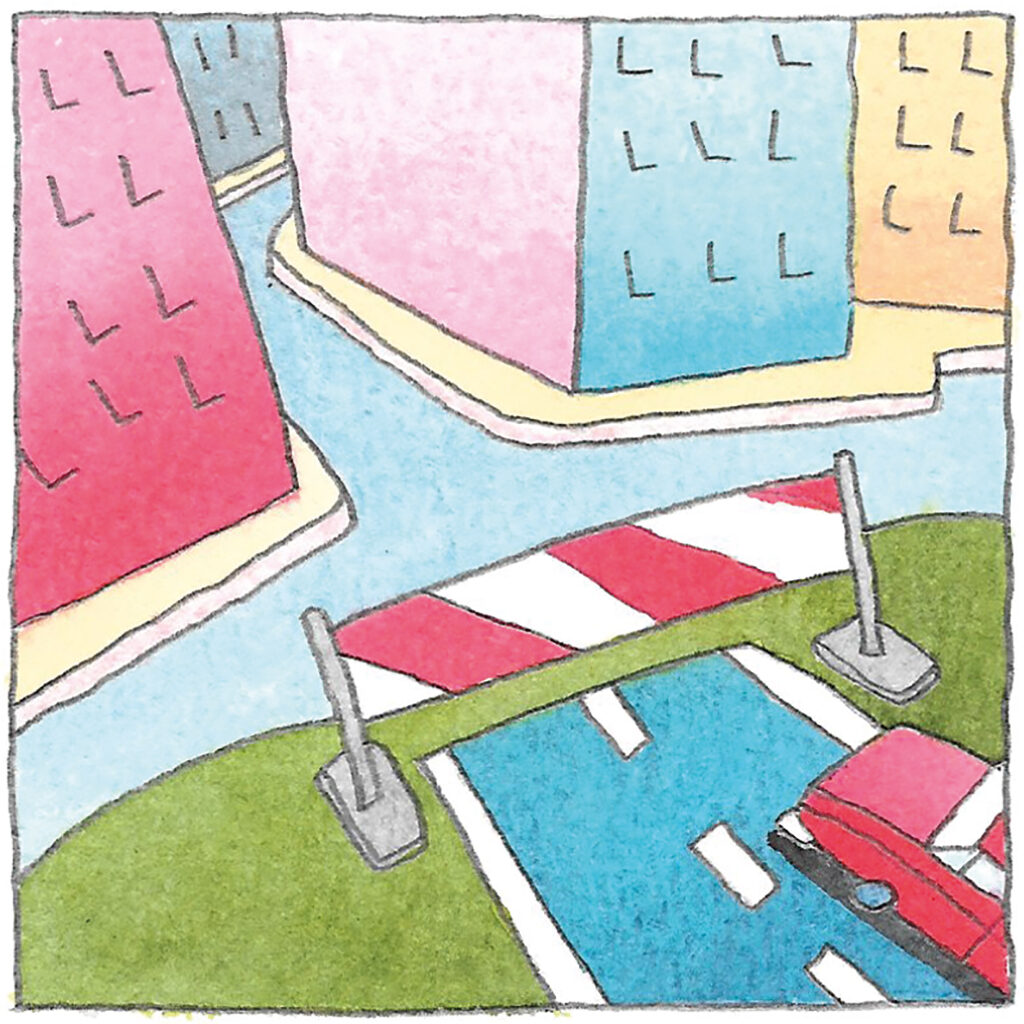
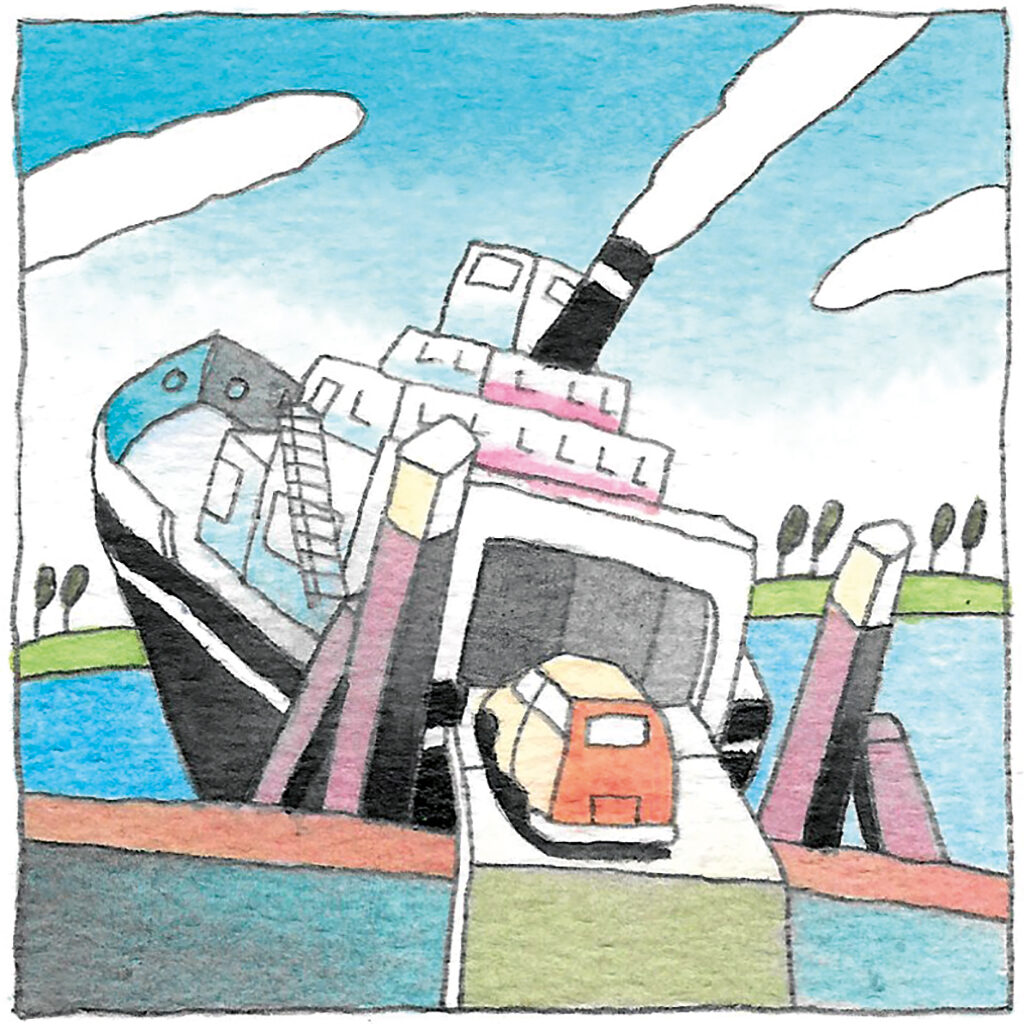
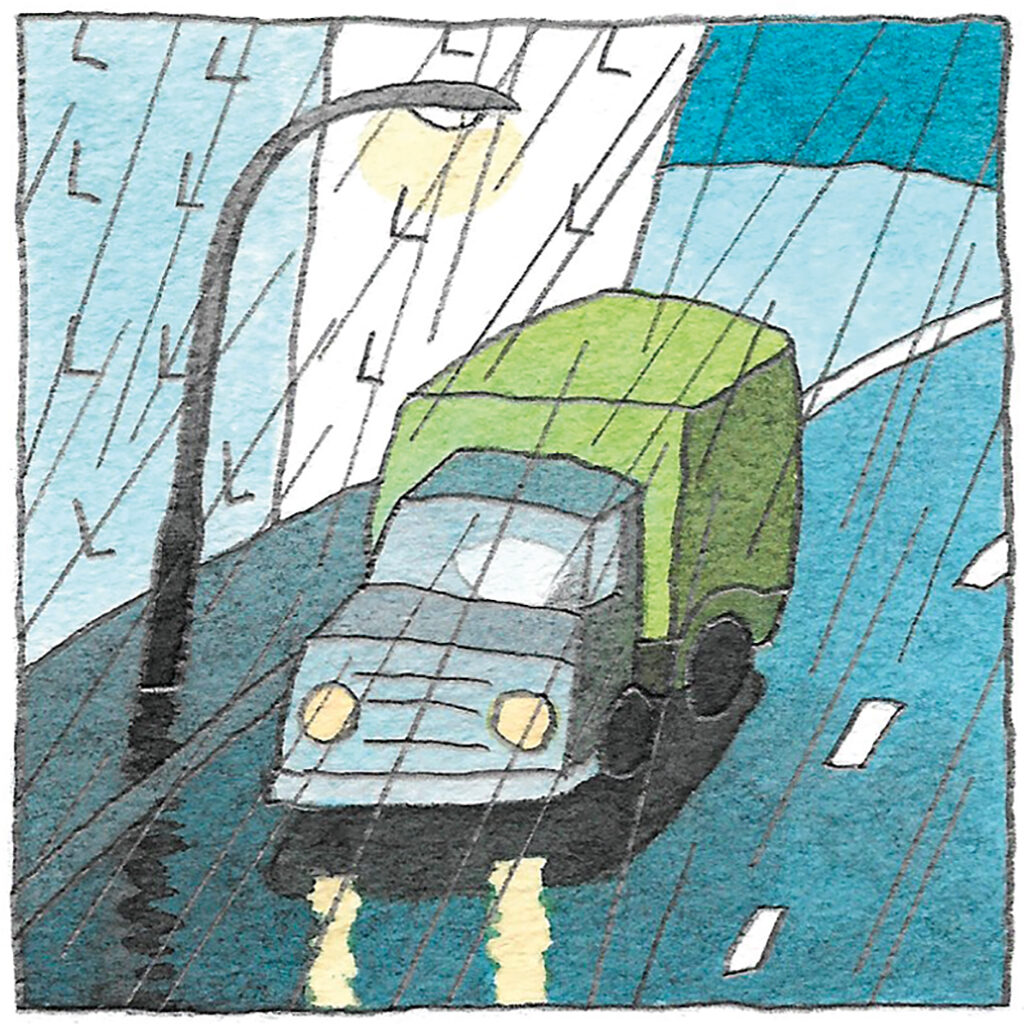
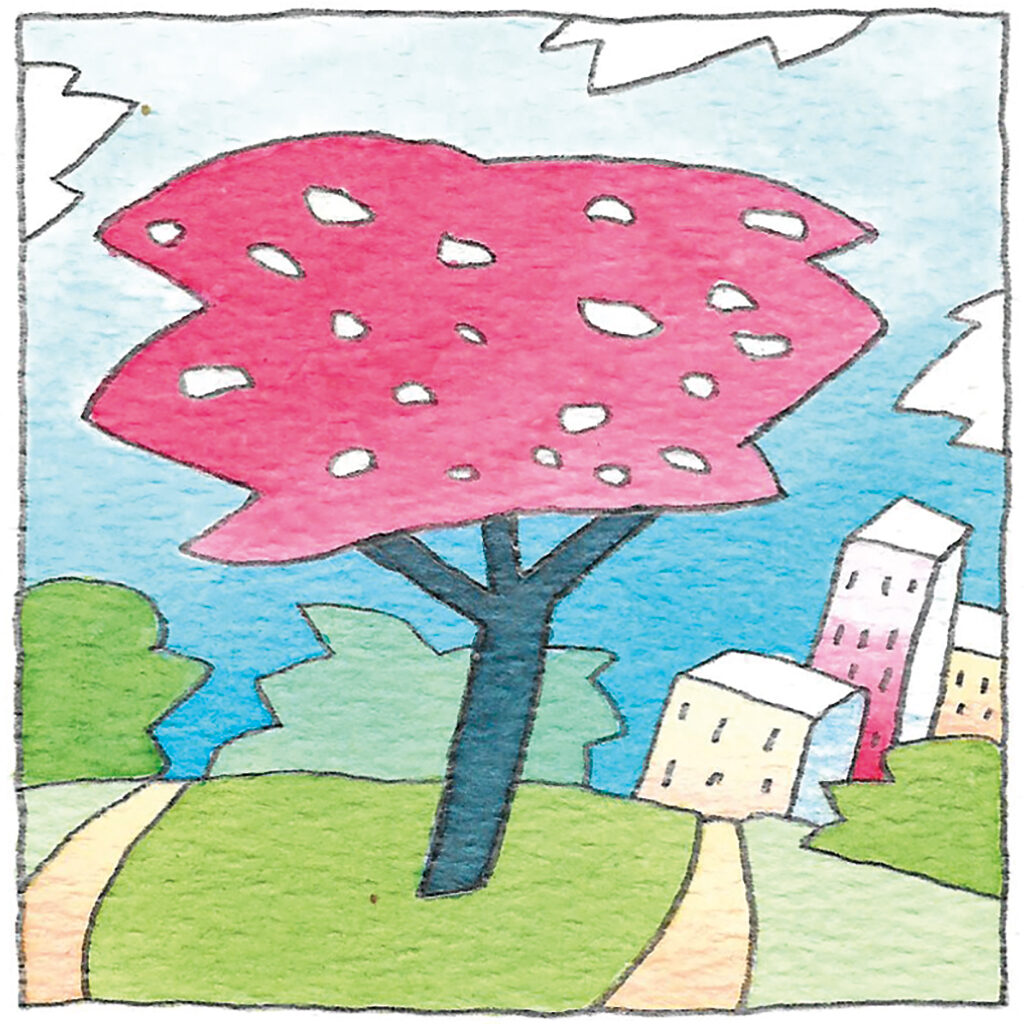
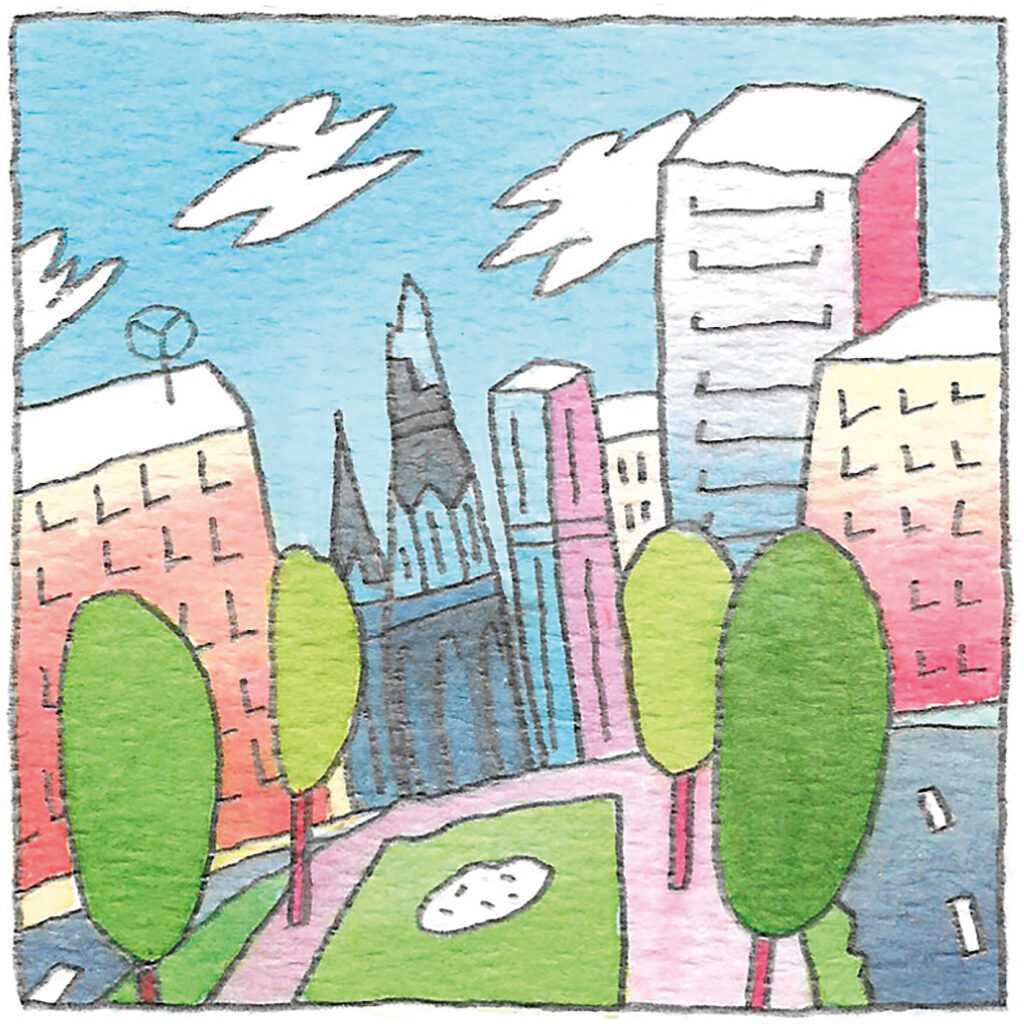
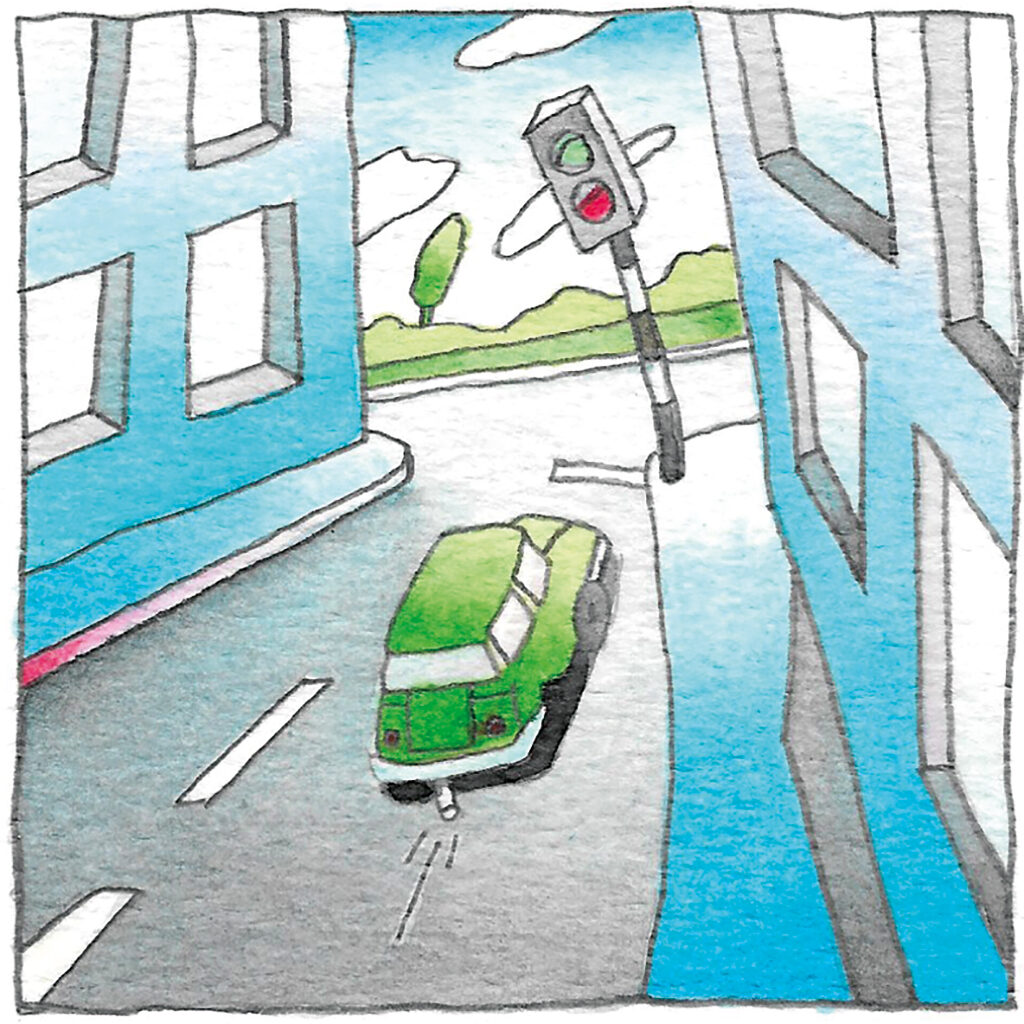
ANWB Kampioen, 6x letter section, 1990
One of Avenue’s art directors, Reinier Tybout, introduced her to Henry Cannon, who had just accepted the position of art director of the science section of leading daily newspaper NRC/Handelsblad. “I loved working in journalism, it was always challenging. I created one illustration a week, my best work. Searching for a sort of neutrality of line, I switched to using the rapidograph.” Her somewhat wooly and sweet drawings changed, they became sharper and well-prepared for reproduction in newspaper print.
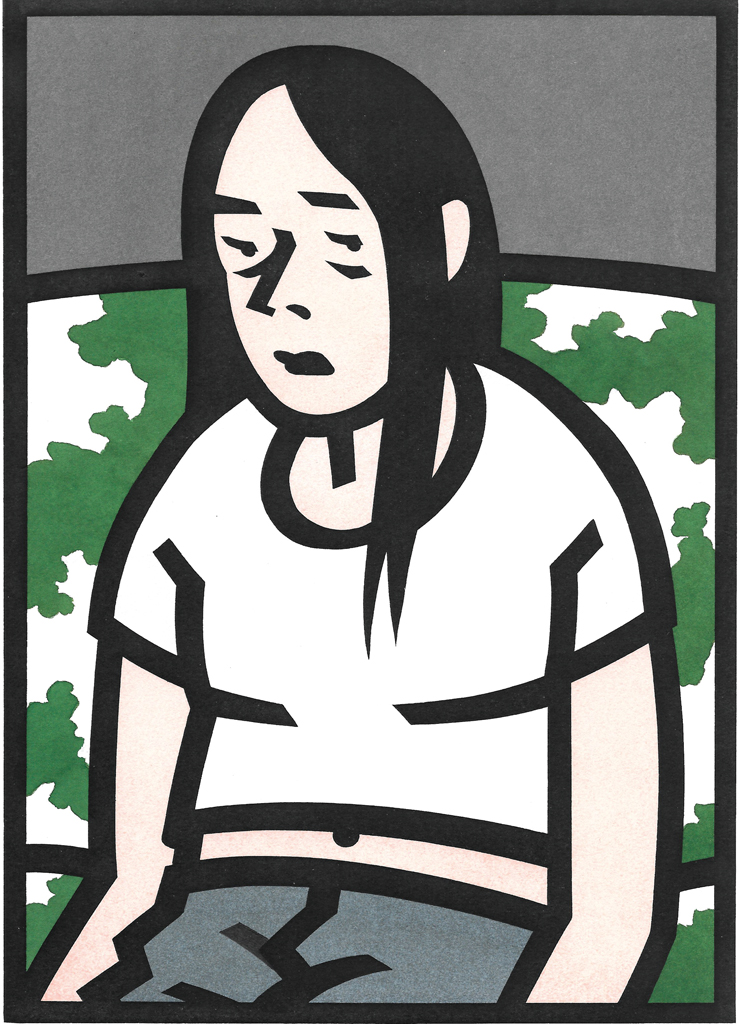
NRC W&O, Fatigue syndrome, 2006
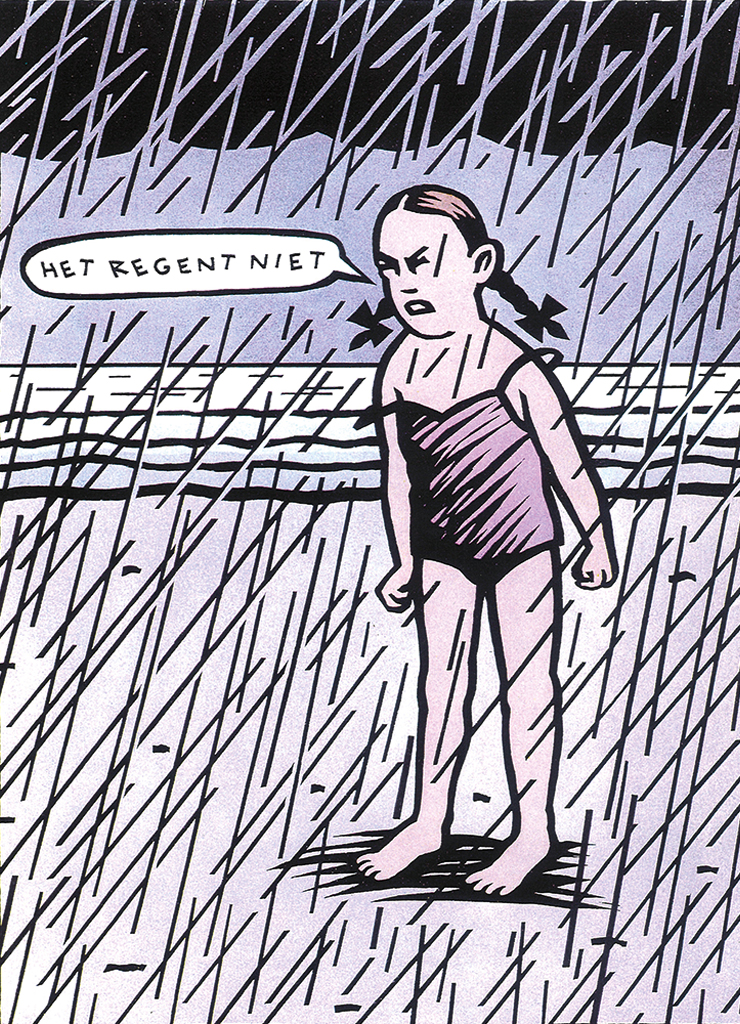
NRC W&O bijlage, Truth, 2006
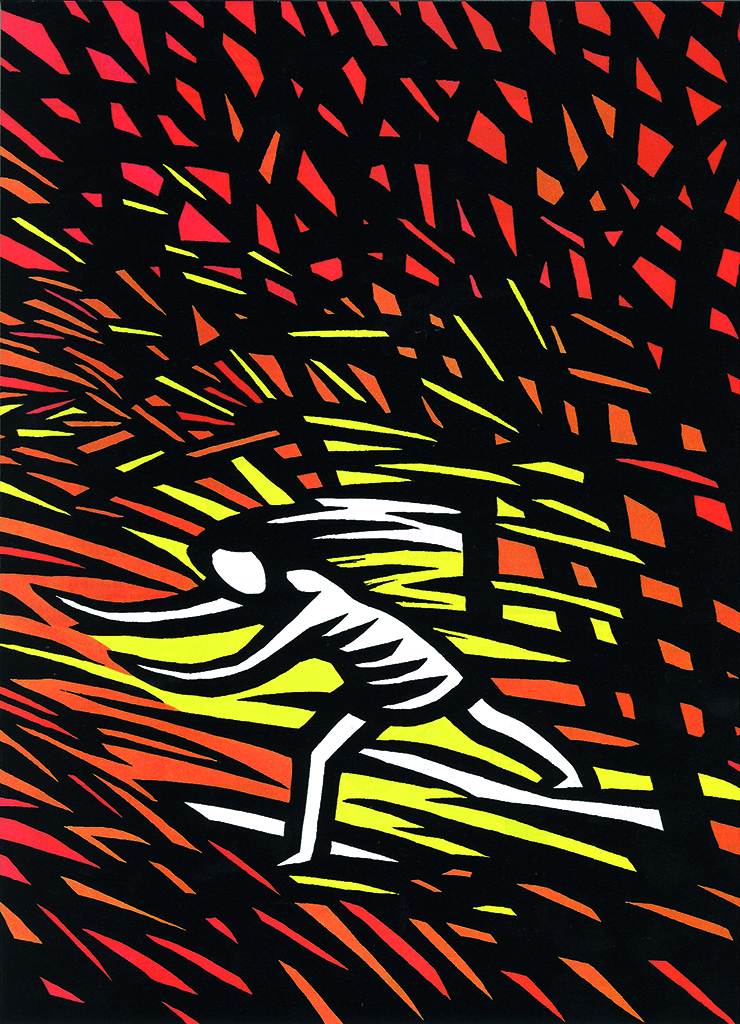
NRC M magazine, Woman stalked, 2007
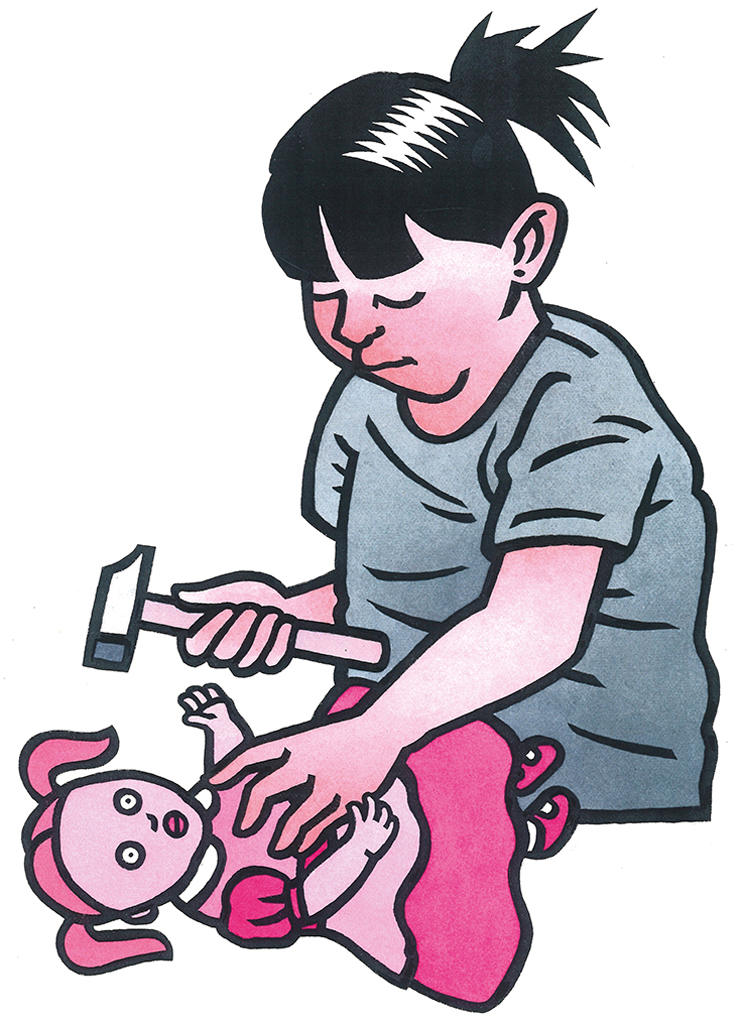
NRC Science supplement,Neurosexism, 2011
Mariet experienced lots of freedom from her clients. “Many of the graphic designers who loved my art and liked working with me ultimately became good friends.” For magazines like Opzij and Intermediair and forNRC/Handelsblad she would receive the copy and come up with an illustration she personally found fitting. “A well written article always sparked off a good idea. No hassle, total freedom, but always a rush.”
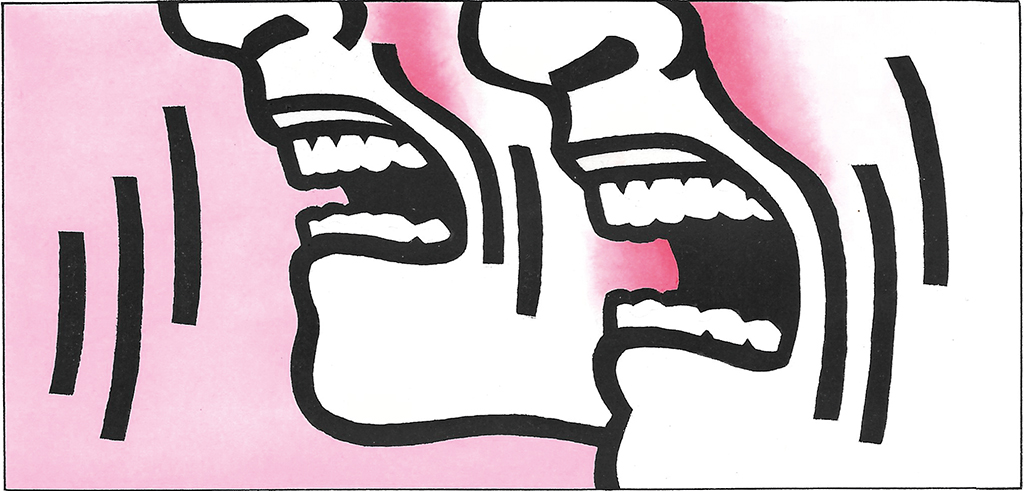
NRC, About therapy: Rebirthing, 2010
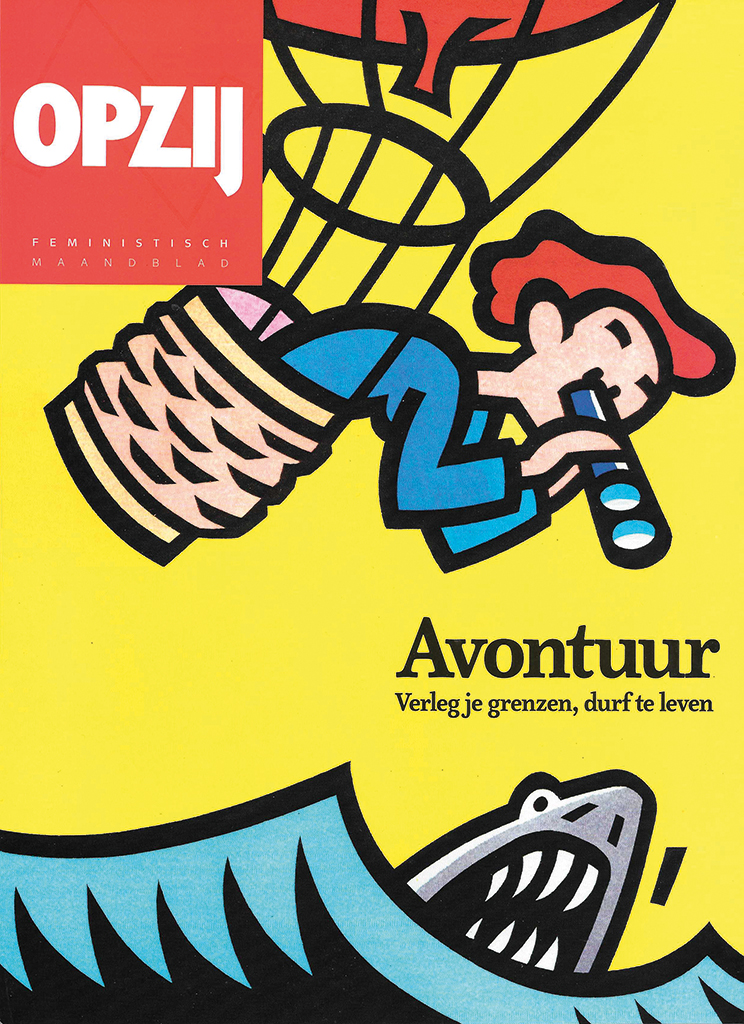
Cover Opzij, Adventure theme, 2006
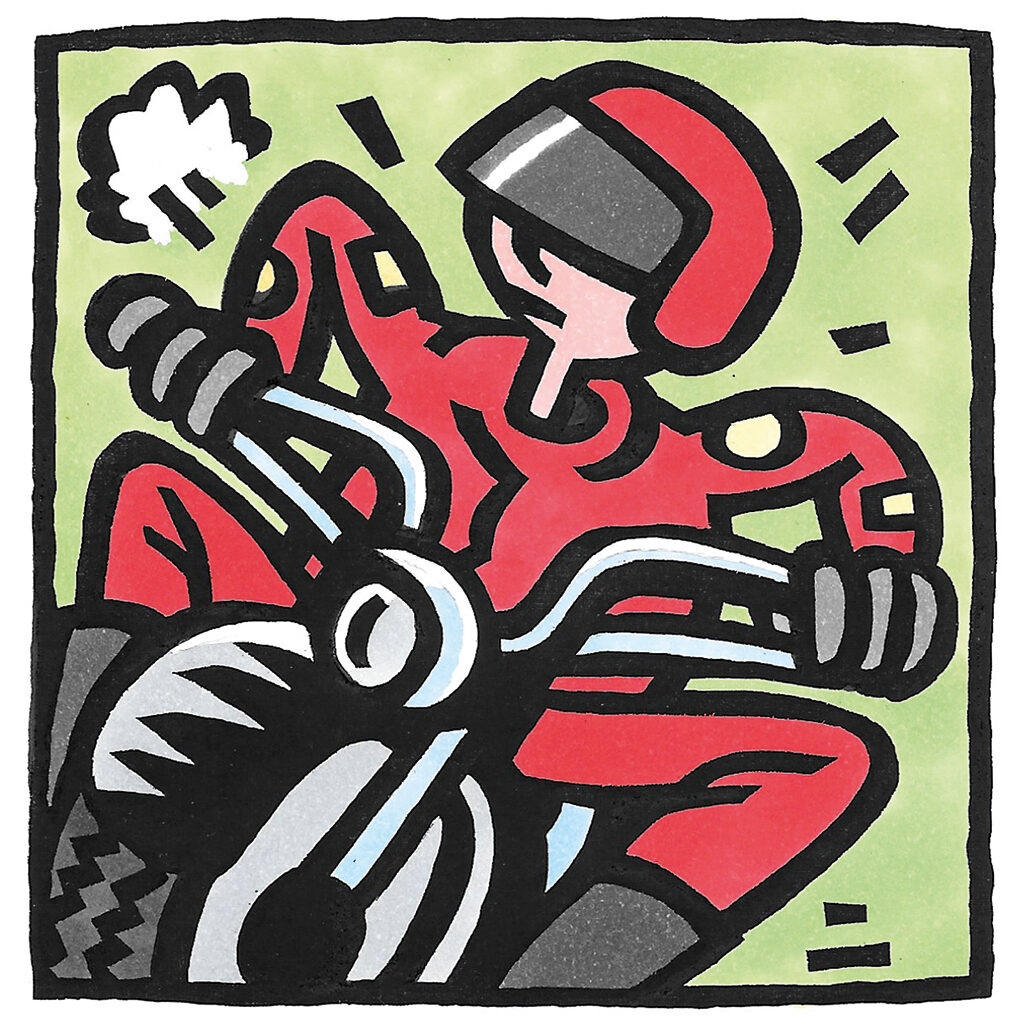
Arts en Auto/Auto-aspect, motorbike in traffic jam, 2008
Japanese print
1984. Shigeru Watano, the Japanese graphic designer who worked with Will van Sambeek as a partner, wrote a short text for the Japanese design magazine Idea to accompany nine pages of Mariet’s illustrations. “Mariet Numan is an illustrator who is capable of working in different genres, taking into consideration the target audience, the content, as well as how to communicate through the media. She is not one to create illustrations that always follow one and the same approach.” Mariet had expected this publication would get her international commissions but was disappointed.
The article in Idea had not mentioned Mariet’s interest in Japanese woodcuts by Hokussai, Hiroshige and others. In 1986, she was invited by the Museum voor Volkenkunde in Rotterdam to participate with her work in the exhibition In het Spoor van de Liefde, Japanse Ontmoetingen sinds 1600 (On the Trail of Love. Japanese Encounters Since 1600). “My drawings were hanging back-to-back with a painting by Vincent van Gogh, who was also inspired by Japanese art.” Shigeru Watano noted in the catalogue how her work unmistakably paralleled theukiyo-e woodcuts with their strong black contour lines and smooth, plain color fields. Not that Mariet had ever tried to adopt this style and technique. She was mostly drawn to the drama and irony the ukiyo-e artists brought to scenes from everyday life.
Elly de Wit and Marijke Stuart, previously Prad secretaries to Paul Mertz, founded Art Connection in 1986, to represent artists. Mariet joined their stable after having accumulated a high tax debt: “My tax consultant had suffered a mental breakdown.” Art Connection found Mariet many commercial projects in a short time, which paid well enough to settle her debt.
Big changes
In the late 1990s Mariet received fewer and fewer commissions from NRC/Handelsblad, Opzij and Intermediair. Everything changed in this period. Young art directors used the computer, had different tastes, and tried to force Mariet in directions she didn’t want to go. “To use the computer for adding color to drawings was not for me. I never felt comfortable working on a computer. Soon, I lost all motivation. I didn’t have the stamina to fight for every ten euro either. I hated money issues.”
In 2004, Willem Schilder approached Mariet to see if she wanted to work for the garden magazine Onze Eigen Tuin, founded by Mien Ruys and Theo Moussault. “I had wanted to draw flowers and plants for some time but I needed the commission to really start and do it. It gave me a big boost. I began to study botany and learned to admire nature even more.” After starting with creating quite abstract, rather stylized illustrations of plants and flowers eventually she switched to a more naturalistic approach.

Onze Eigen Tuin, Carnation, 2006
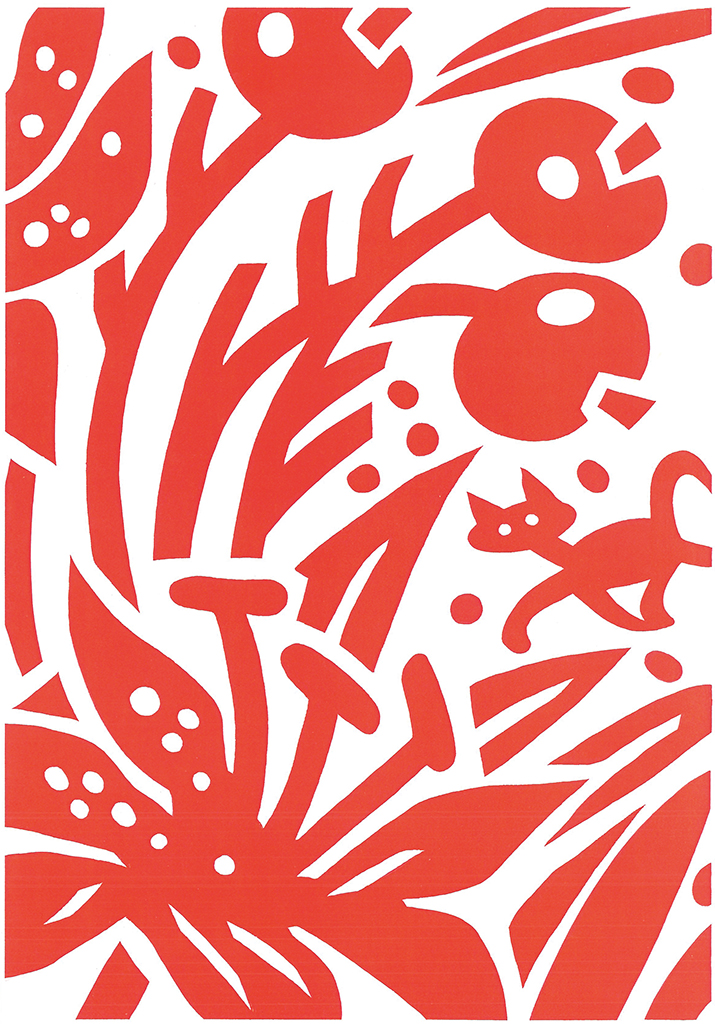
Onze Eigen Tuin, Summer, 2013
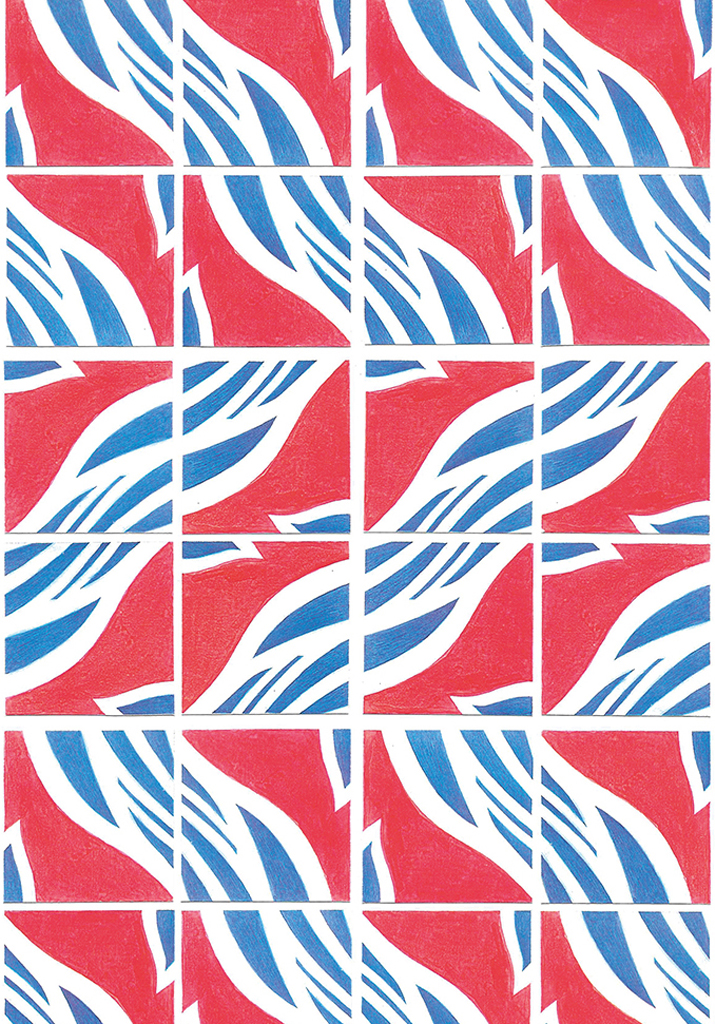
Design tiles, 2007
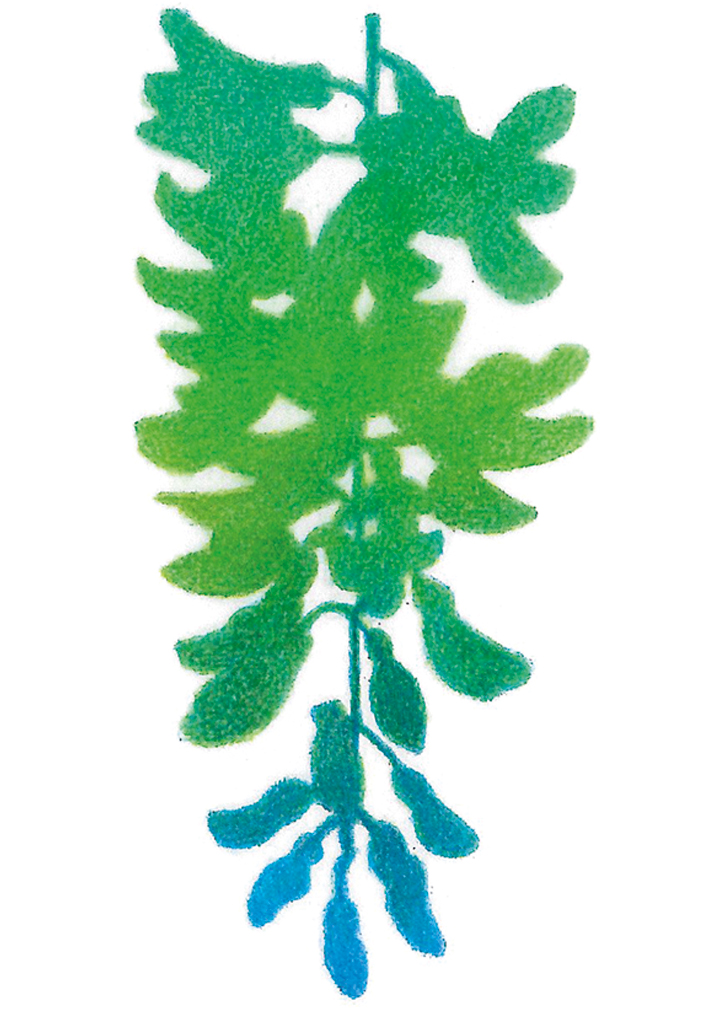
Free work, East Indian Cherry, 2012
Tile designs
The abstract forms with bold lines she had created for Onze Eigen Tuin inspired Mariet to come up with ceramic tiles as she had seen in mosques when visiting Turkey. Believing she had found a new direction for her work, she applied for a grant from the Netherlands Foundation for Fine Arts, Design and Architecture. After receiving their financial support, she designed a complete series of tiles. She sent proposals to several tile producers but received a reply from only one – a polite refusal.
“I contacted architects who worked with Islamic influences in neighborhoods in The Hague and Amsterdam. I received too little response to continue. In the end, I made drawings of imploding buildings and extreme floods to which I added sherds of tiles – a sort of ironic catalogue of applications of my tile designs. I love photos of chaos. They are very drawable.”
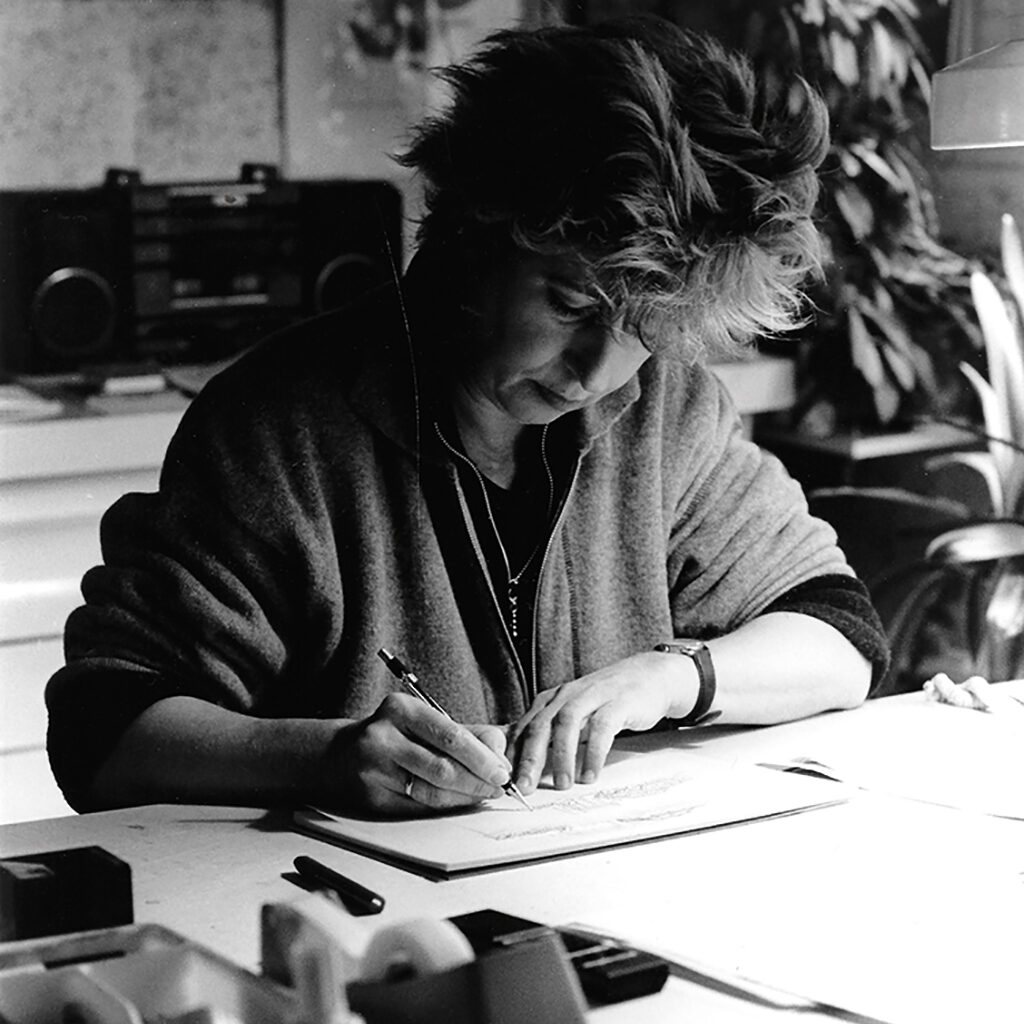
Mariet Numan at her drawing table, 1978 Photo Henny Henriët
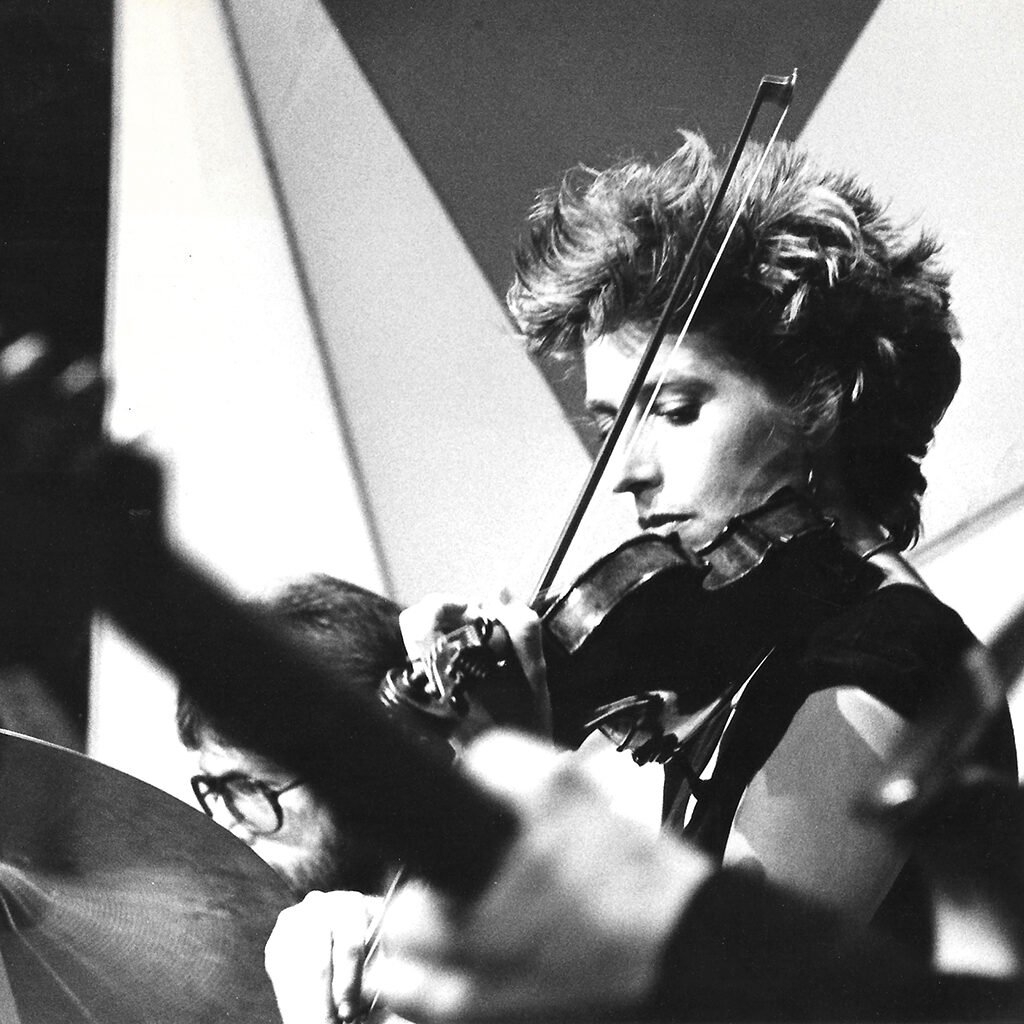
Television performance at Sonja Barend: Mariet on the violin with Wally Tax and Laurie Langenbach, 1995
Mariet Numan
born on 15 November 1944, Werkendam
Author of the original text: Titus Yocarini, 2021
English translation and editing: Ton Haak
Final editing: Sybrand Zijlstra
Portrait photo: Aatjan Renders
